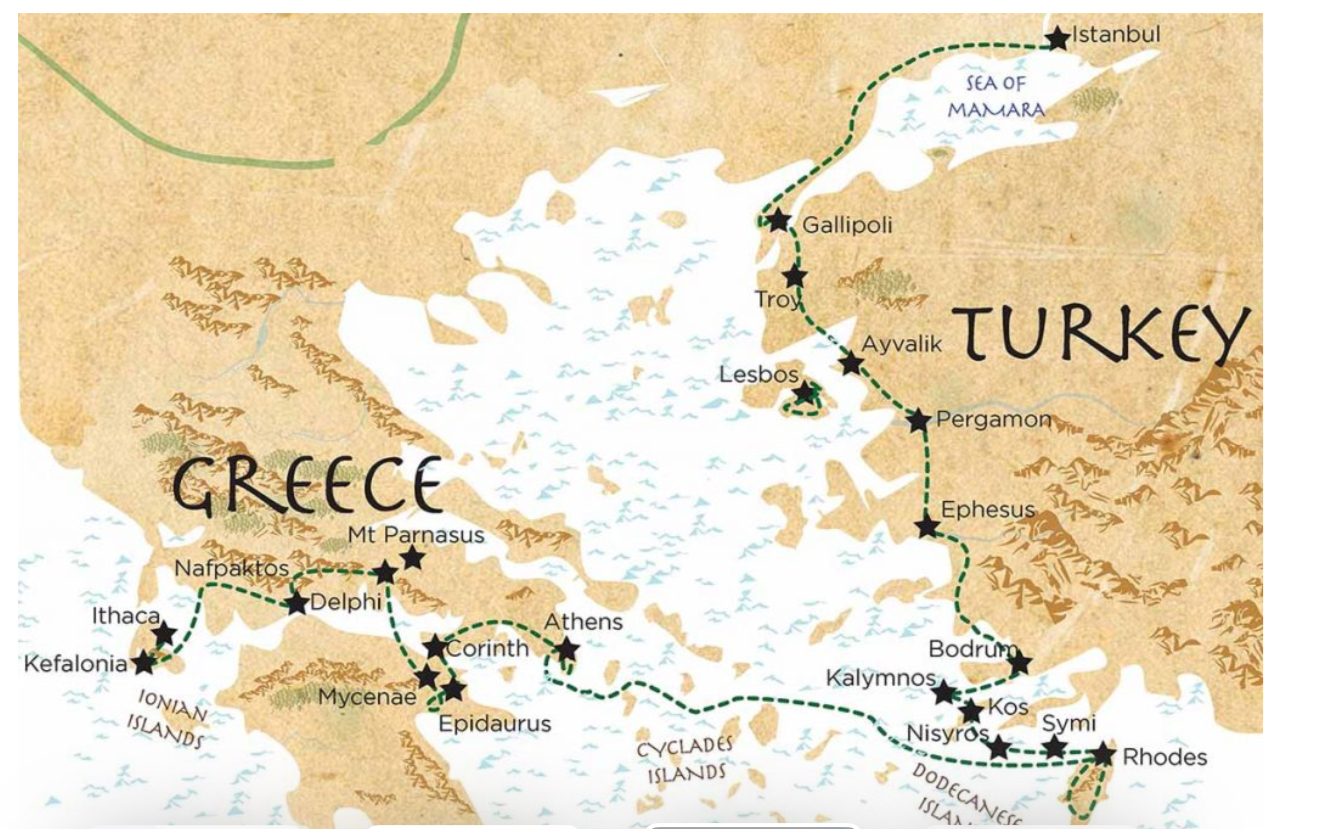Please watch the Relive video https://www.relive.cc/view/vevYJBLPEJO
We rode 55.47 miles(87km), 3,691 ft climbing
Today we started to follow Odysseus, the Big O, in earnest! We took the ferry from Eceabat across the Dardanelles to Canakkale on the Asian side of Turkey. FYI, 95% of Turkey is situated in Asia and known as Anatolia, and 5% in Europe and known as Thrace.
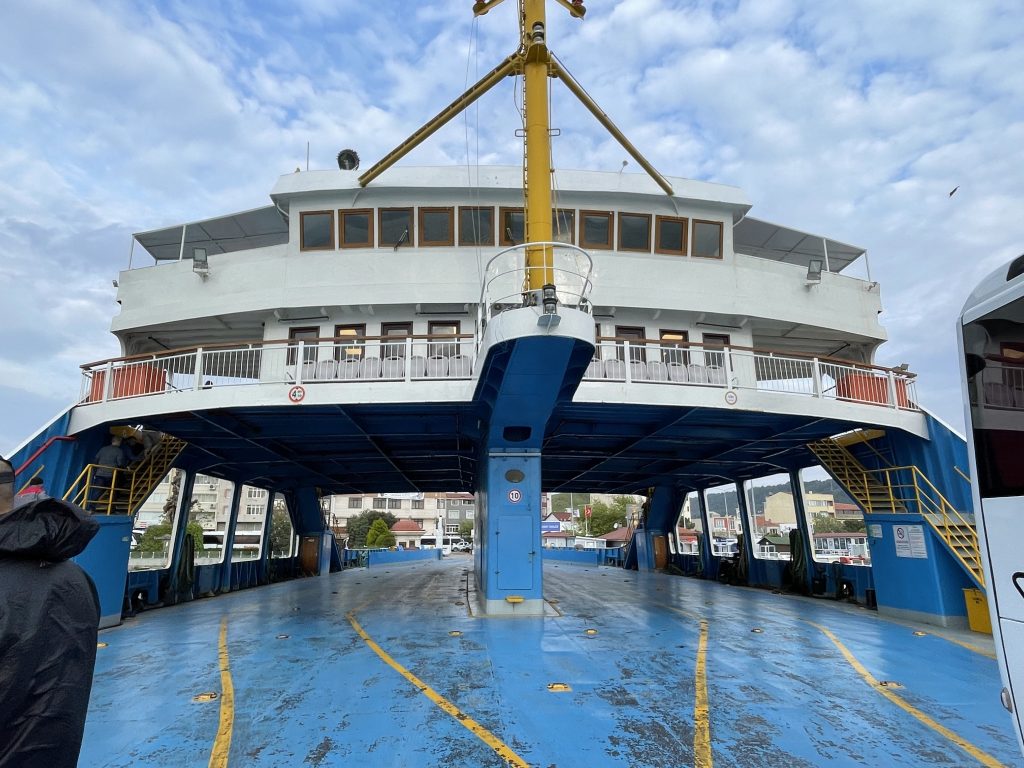
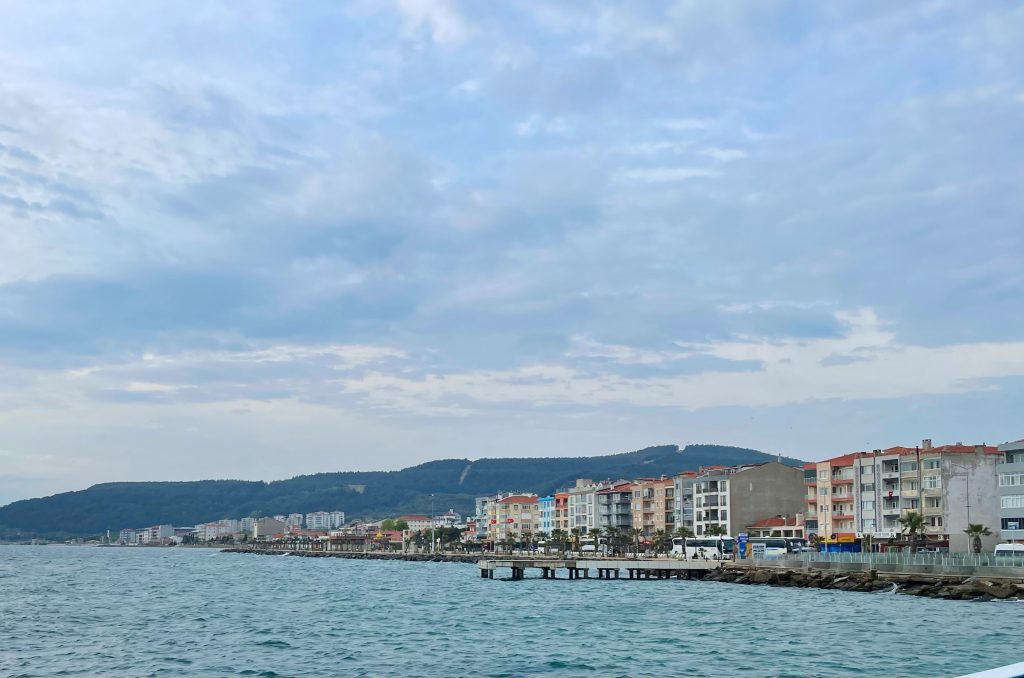
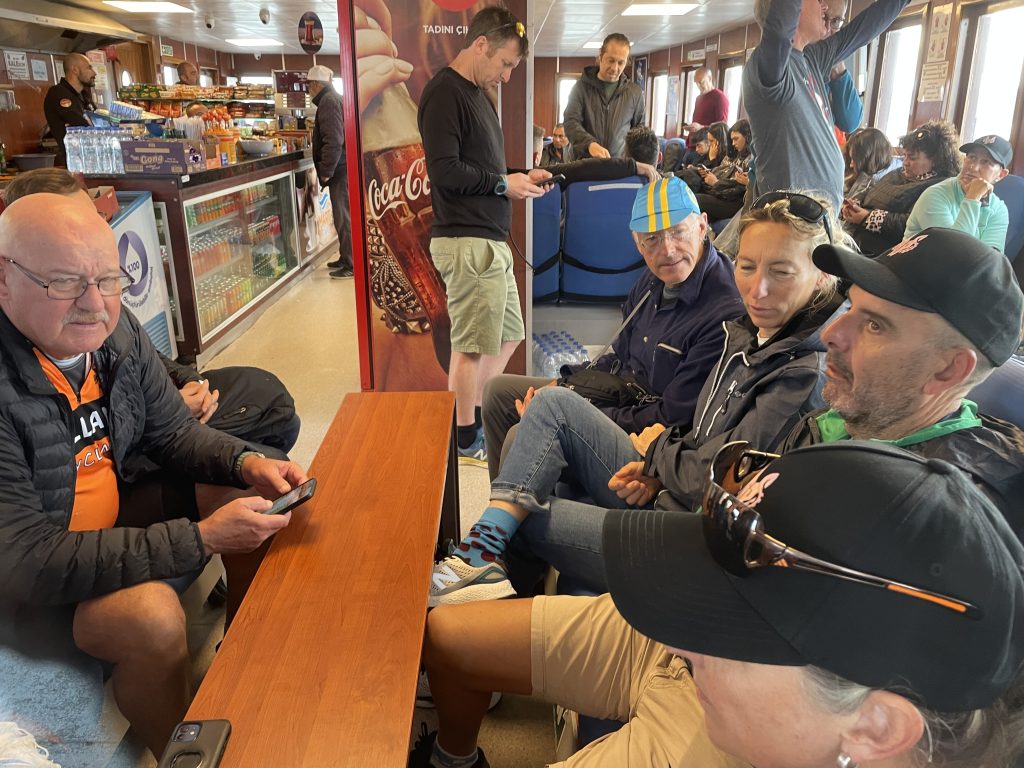
From there we boarded our team bus to the archeological site of ancient Troy. Since Homer’s Odyssey starts with Odysseus conquering the city with the giant wooden horse, it is only fitting that our ‘Odyssey’ have our starting point here too!
And as we know, Odysseus took 10 long, tough and challenging years to get home to his kingdom of Ithaca. It was no surprise that our ride today was difficult; rough roads, 40km/hr headwinds with gusts to 55km/hr, a number of steep 8-10% climbs and lots of cobblestones! It made me think this was related ha ha!
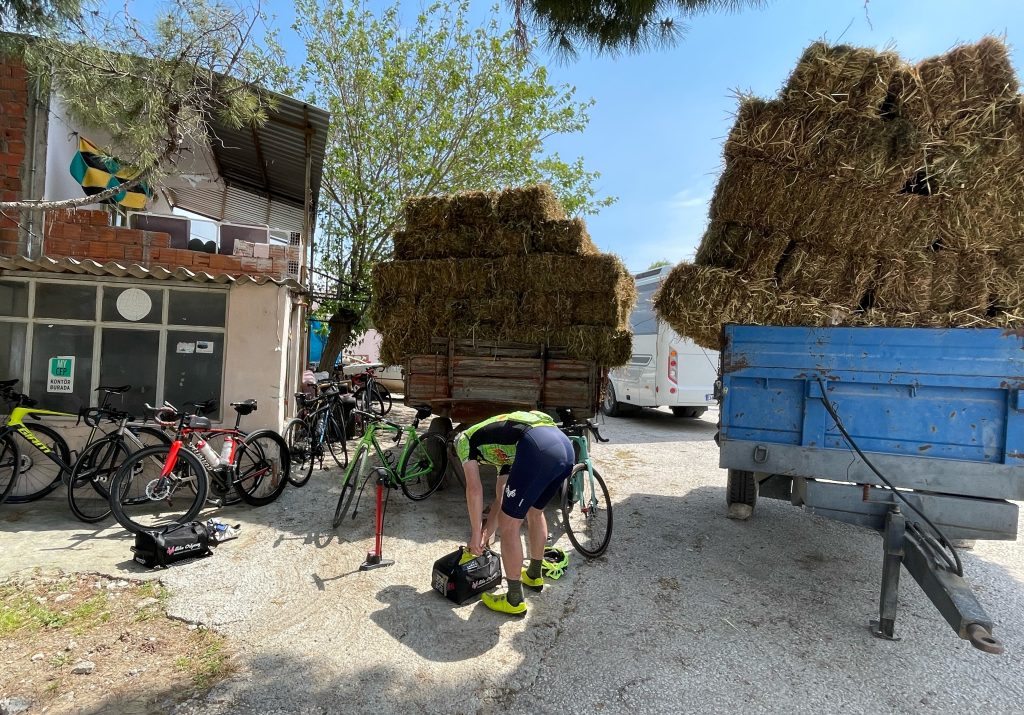
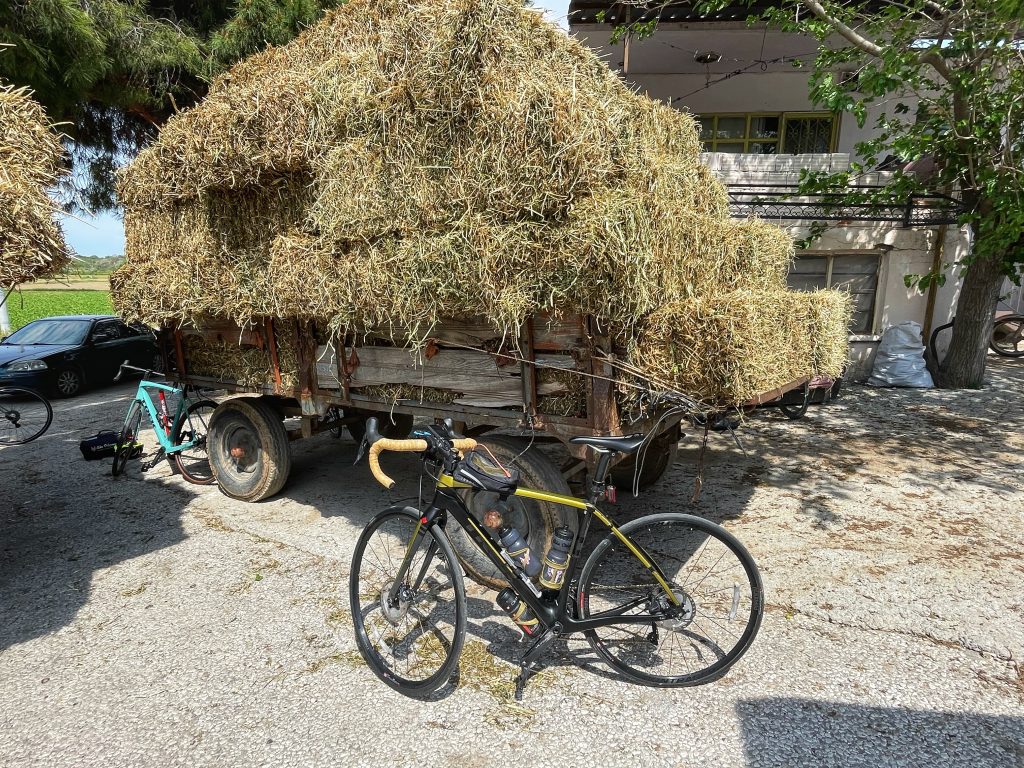
Troy Museum and Ancient Site
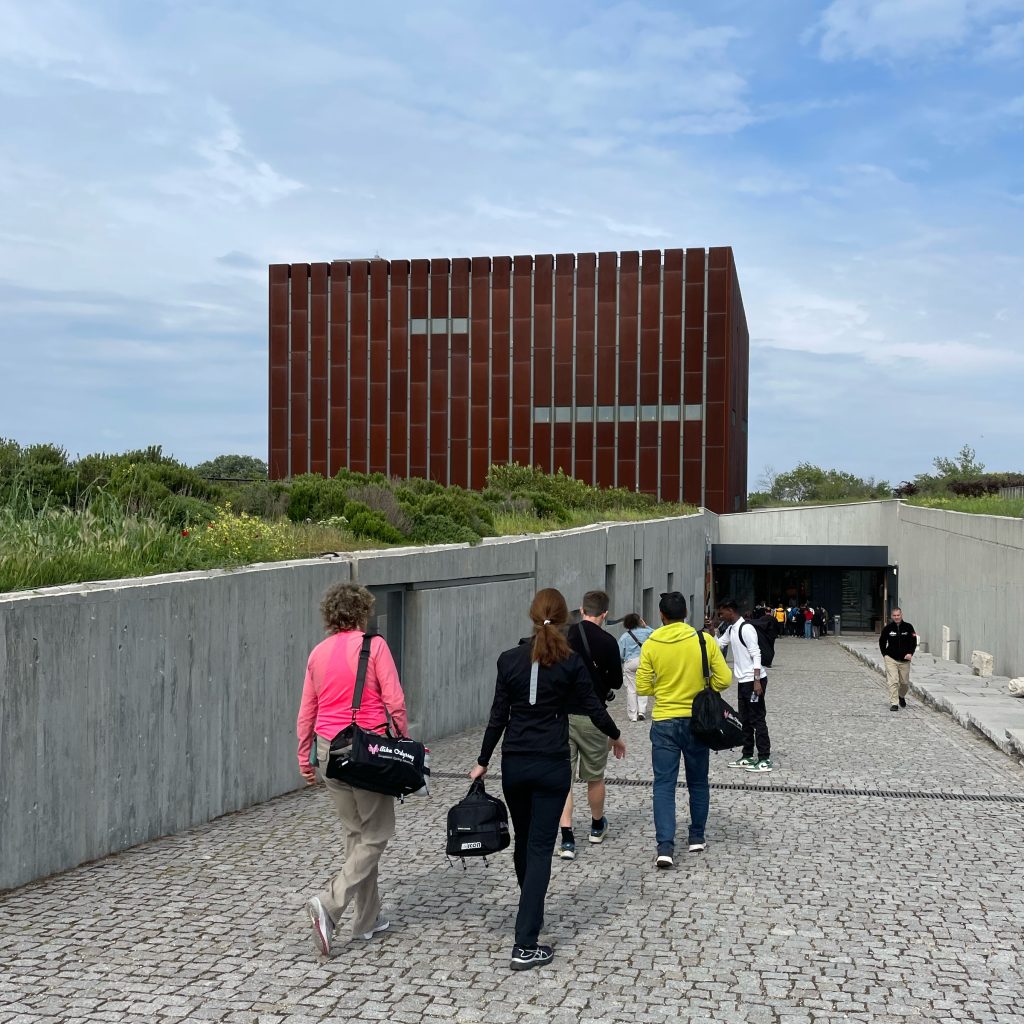
Spanning four floors along with a terrace, the museum’s ground floor introduces the cities of Troas, the historical name of the Biga Peninsula in the city. This section also explains the geography of Troas in general with its archaeological findings. It offers the histories of various ancient cities, including Assos, Parion, Alexandria Troas and Smitheion.
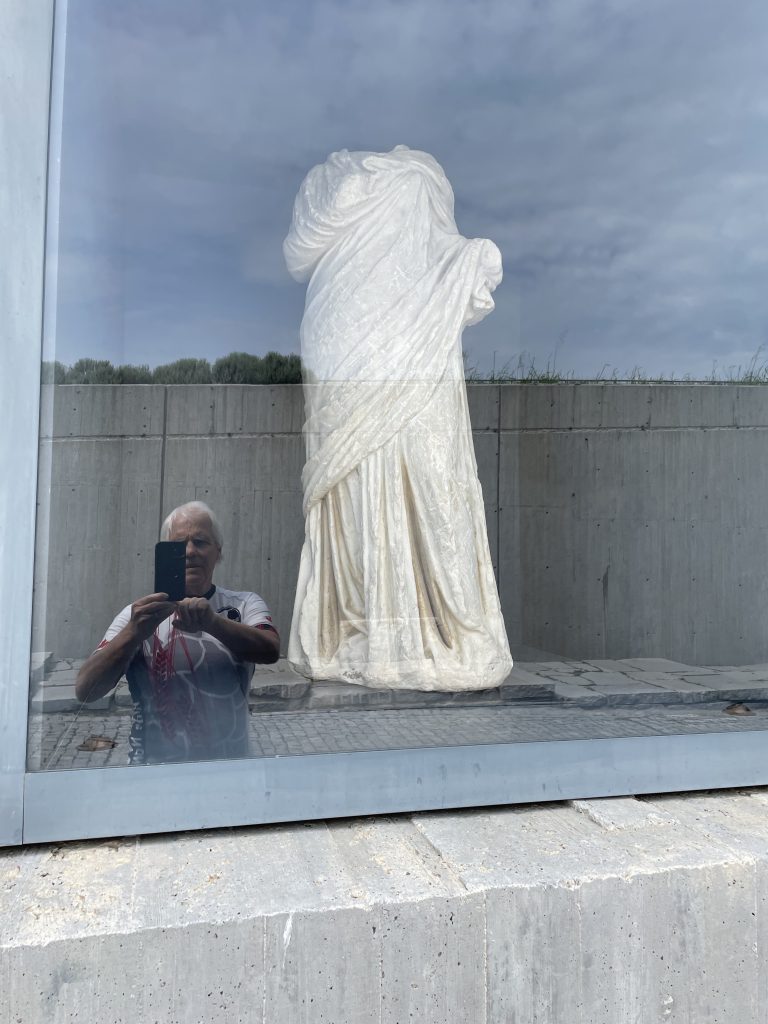
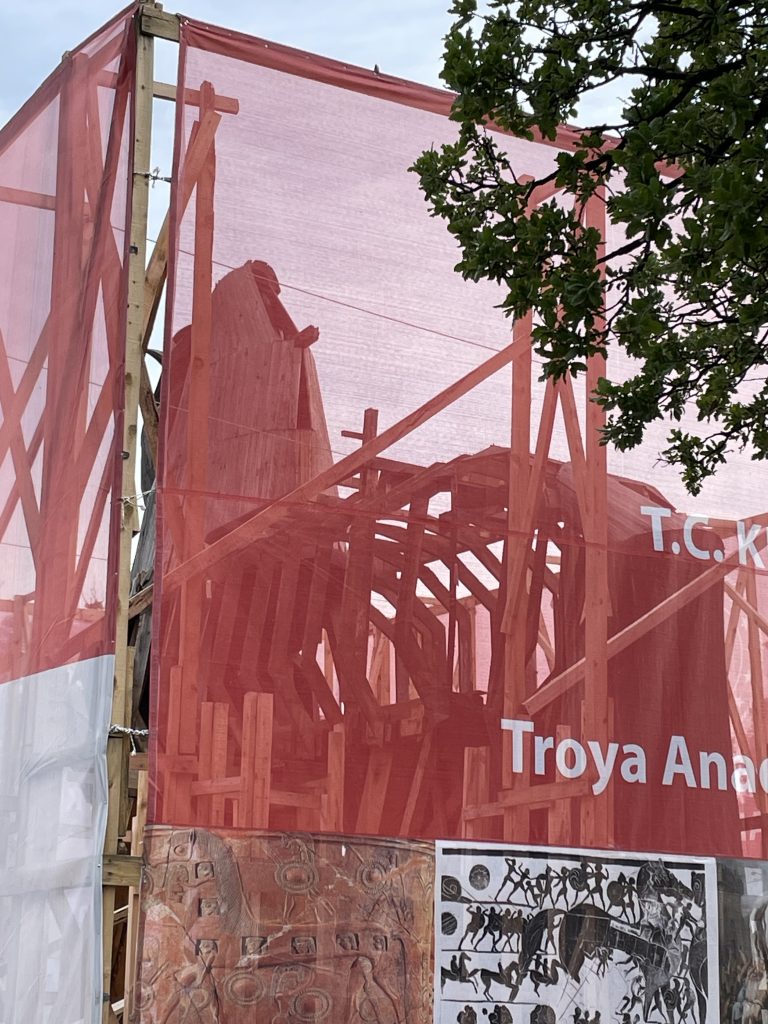
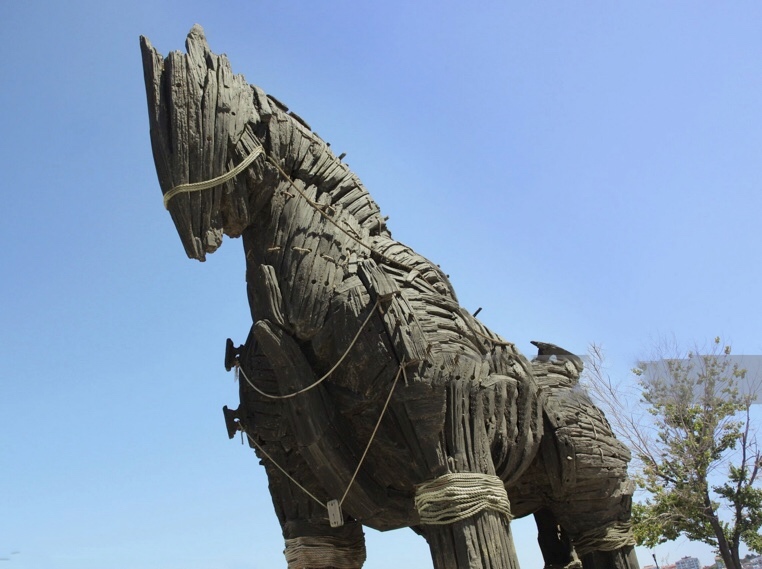
Troy’s excellent new museum, opened in 2018, gives a modern experience and great insight into the history of the region. While historical artifacts unearthed during the excavations of the ancient city of Troy are on display even in the garden, the entrance ramp provides information about archaeology, dating methods and details about restoration, conversation and more.
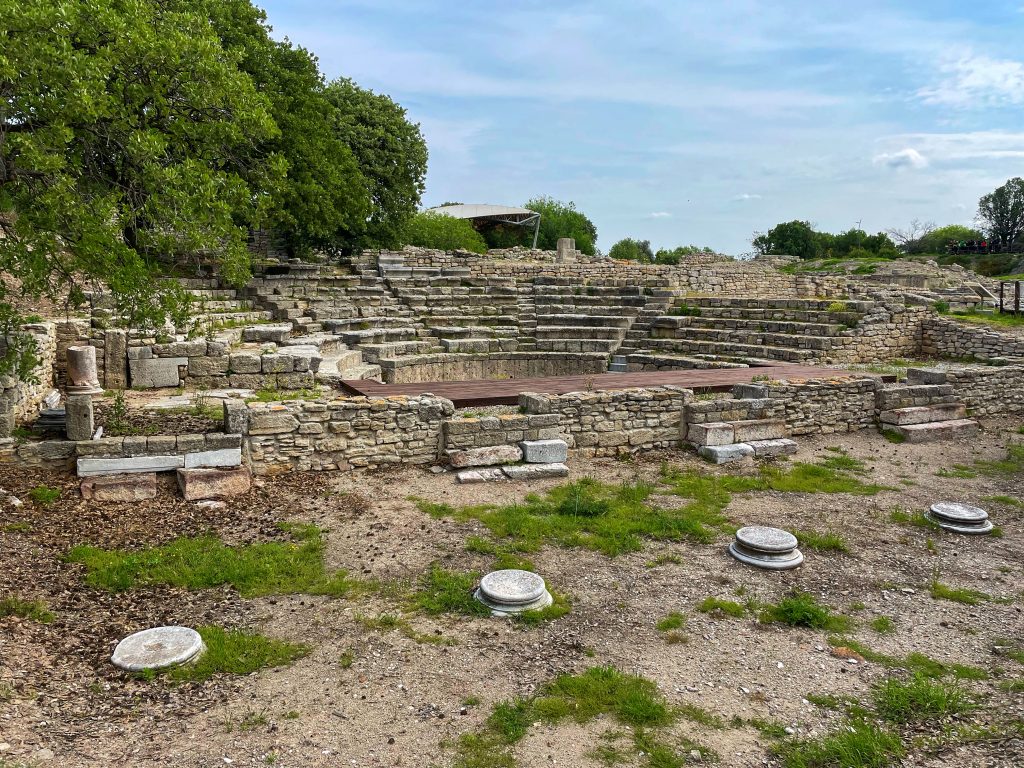
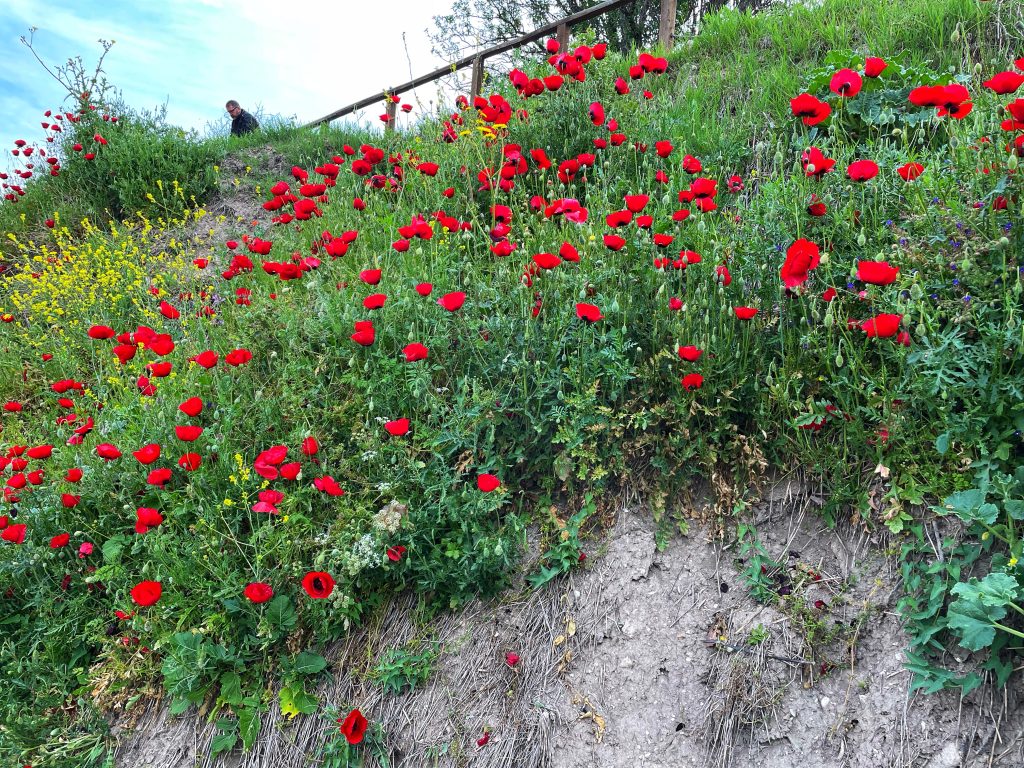
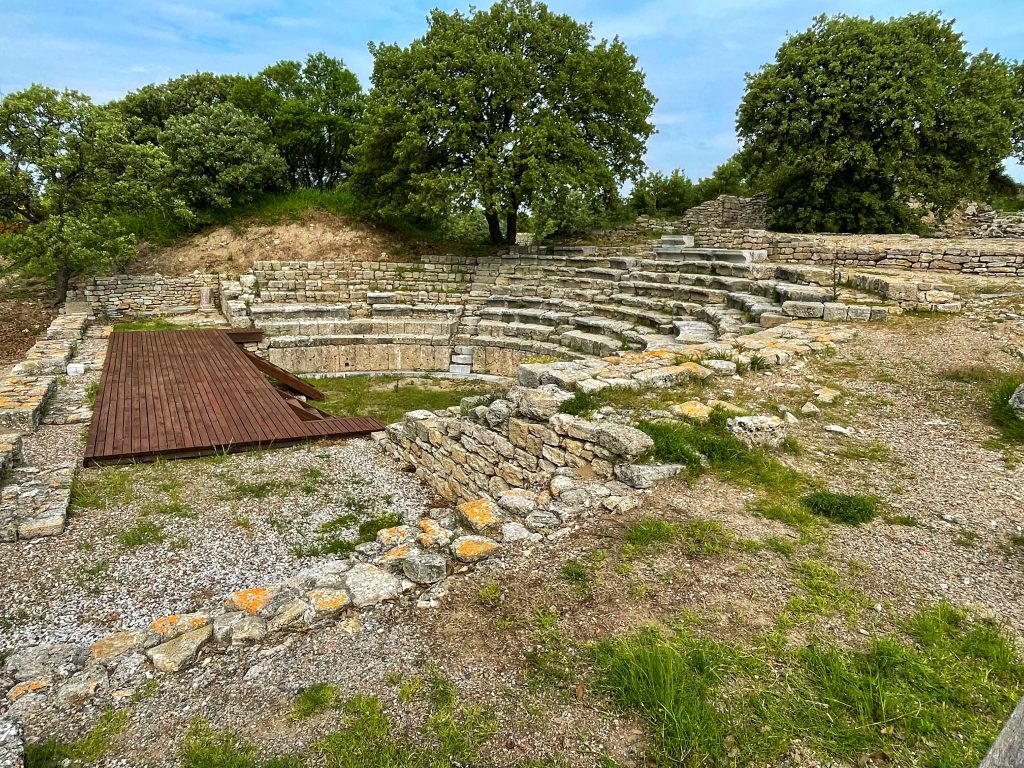
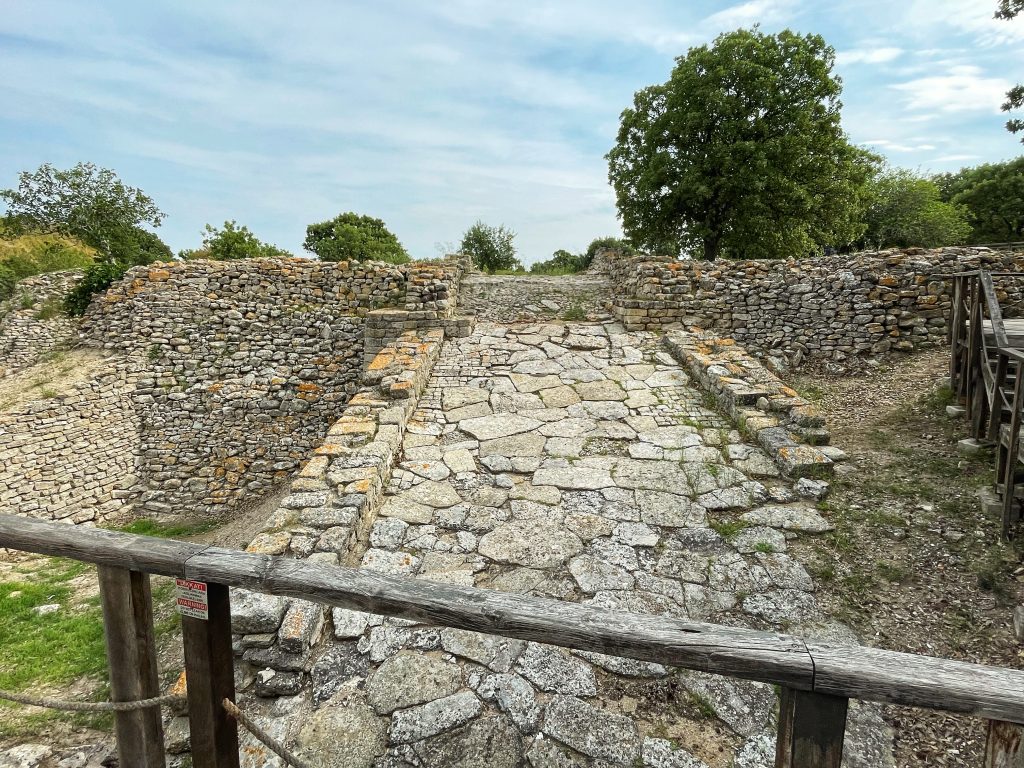
Ancient Troy, with its 4,000 years of history, is one of the most famous archaeological sites in the world. The first excavations at the site were undertaken by the famous archaeologist Heinrich Schliemann in 1870. In scientific terms, its extensive remains are the most significant demonstration of the first contact between the civilizations of Anatolia and the Mediterranean world. Moreover, the siege of Troy by Spartan and Achaean warriors from Greece in the 13th or 12th century B.C., immortalized by Homer in the Iliad, has inspired great creative artists throughout the world ever since.
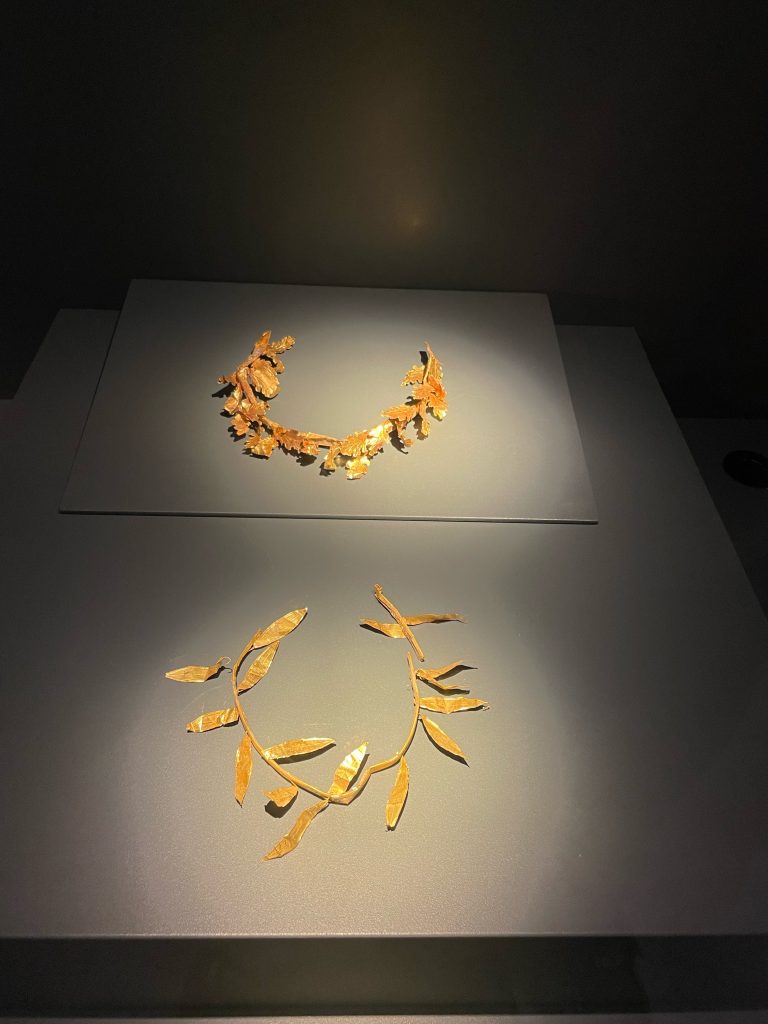
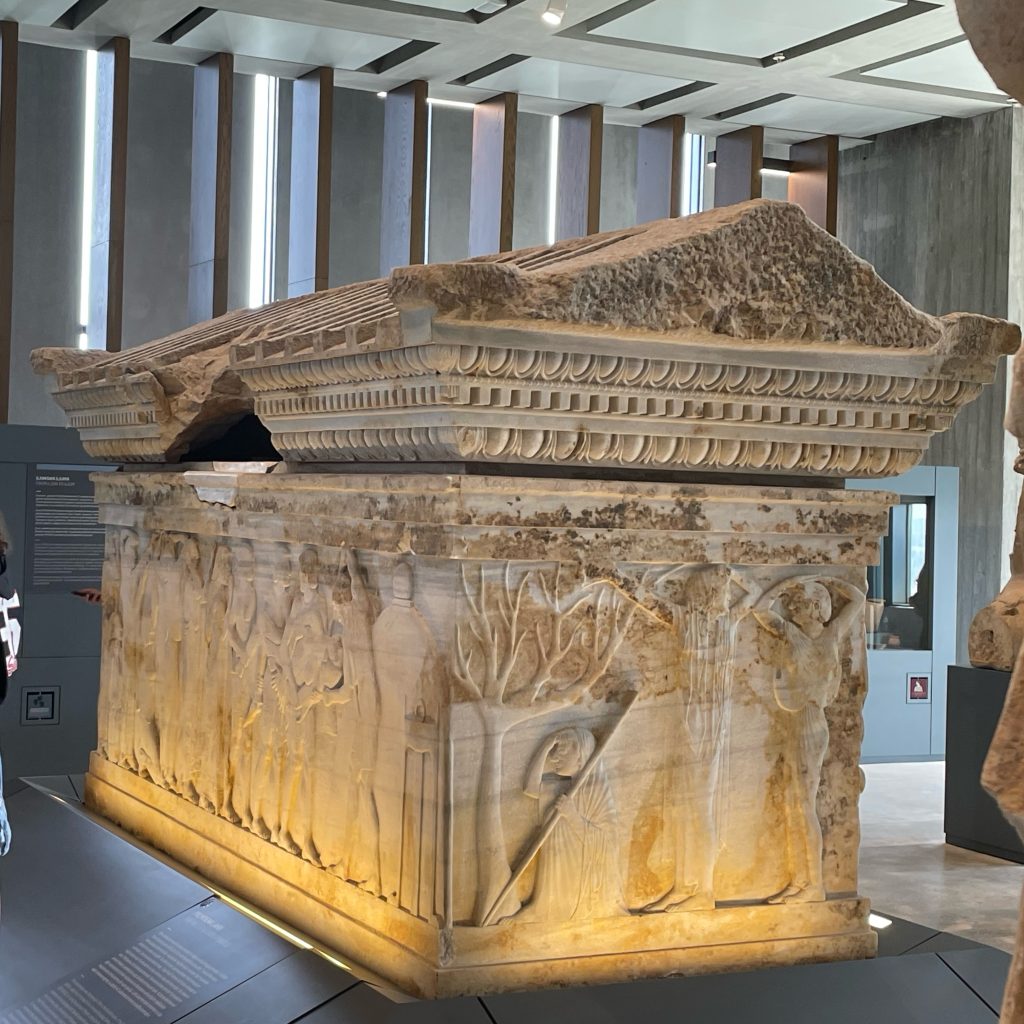
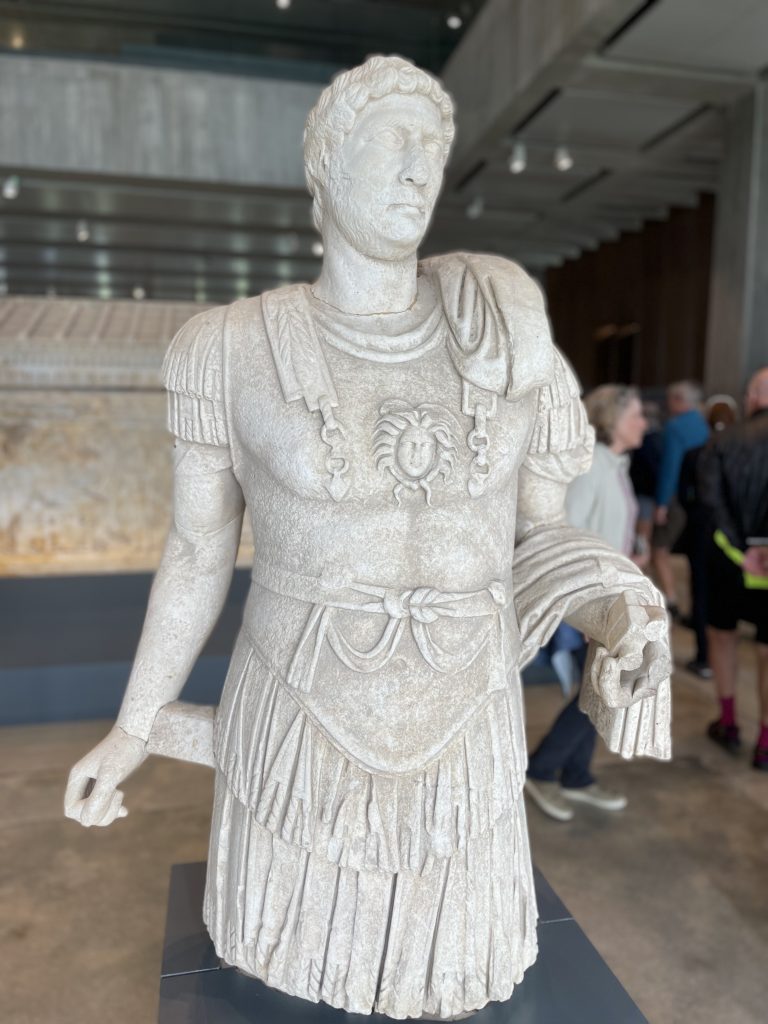
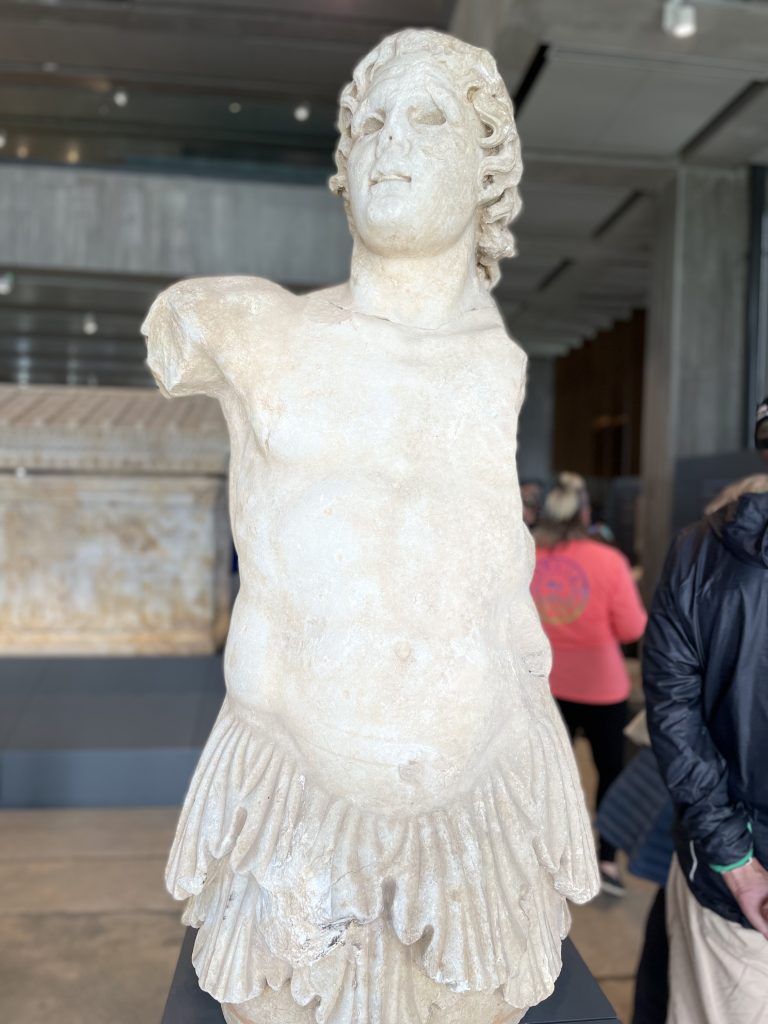
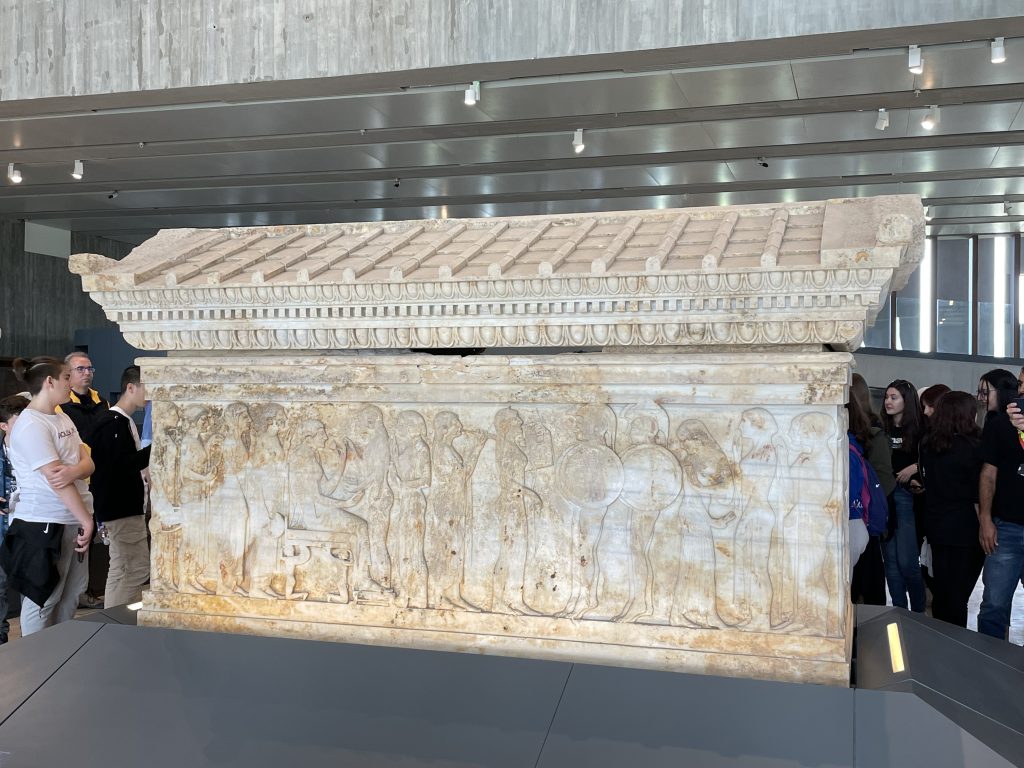
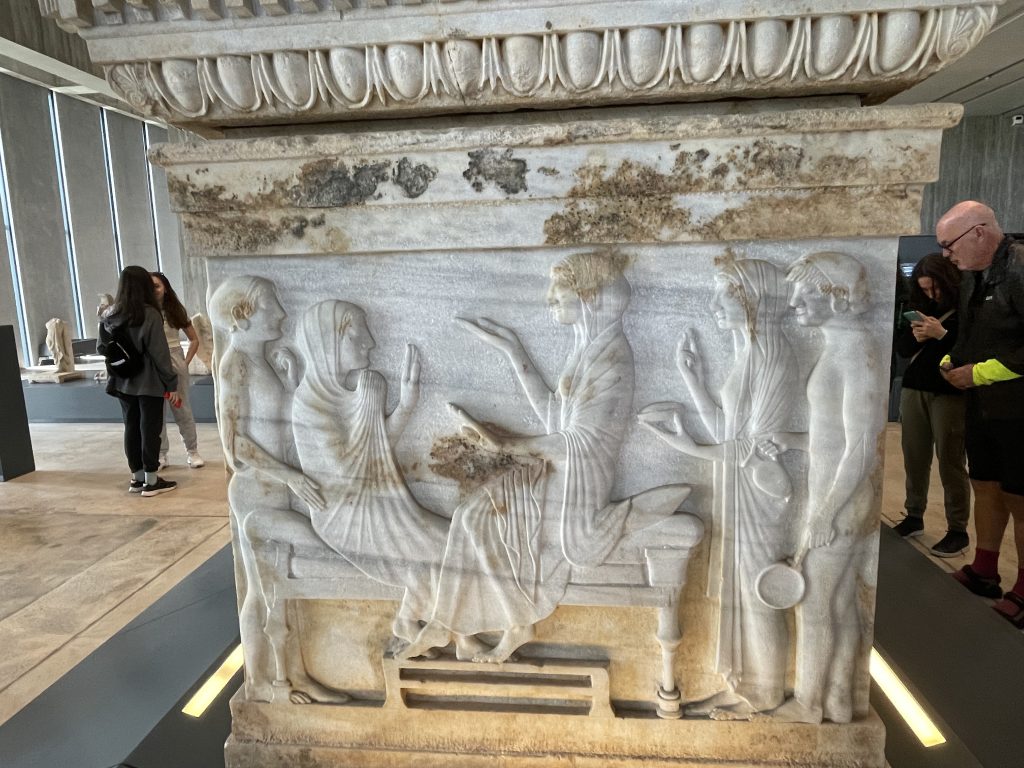
After our coffee today, as we rode across the silted plains where Agamemnon, Odysseus and Achilles landed and fought around 3300 years ago, we realised the age and history in this land! The morning however, started with some logistics as we shuttled and ferried across the Dardanelles to visit one of the world’s most famous sites – Troy. This is where it all began – Odysseus’ 10 year Odyssey home to Ithaca – after tricking the Trojans into opening their gates with his wooden horse! As well as an amazing museum and a complex and enthrawling archaelogical site there are also multiple replica Trojan horses here!
After exploring the site got changed and mounted on our bikes heading south towards the Turkish mainland coatline.
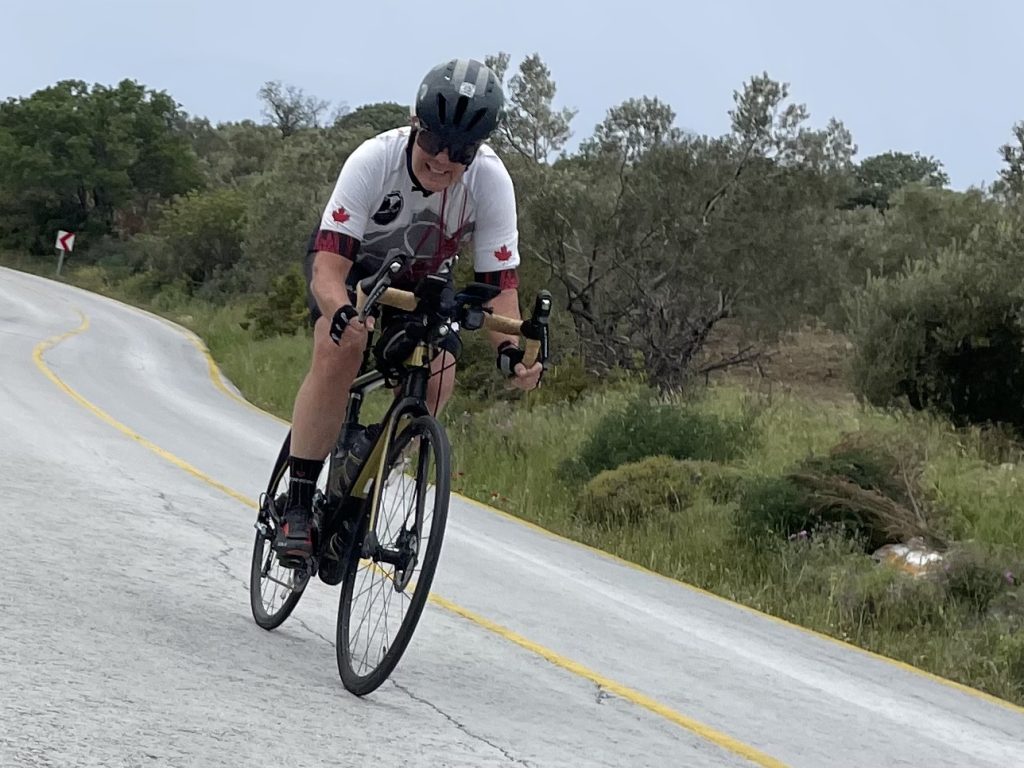
As we rode away from settlements the day got quieter and quieter and soon it was just us, the occasional goat herd and classical ruins! We rode through Alexandria Troas, one of the biggest sites never to be excavated and stopped for an ice-cream at the amazing temple of Apollon Smintheon – an historic day which finished with us descending through olive groves to the shining blue Aegean Sea for a night on its shores.
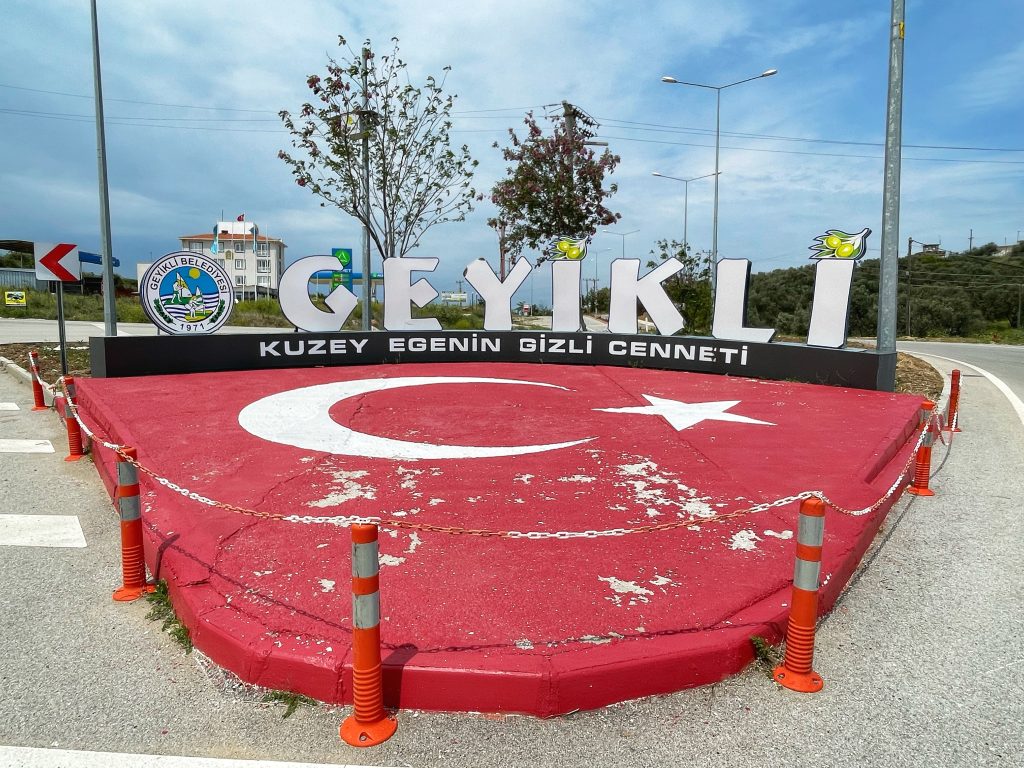
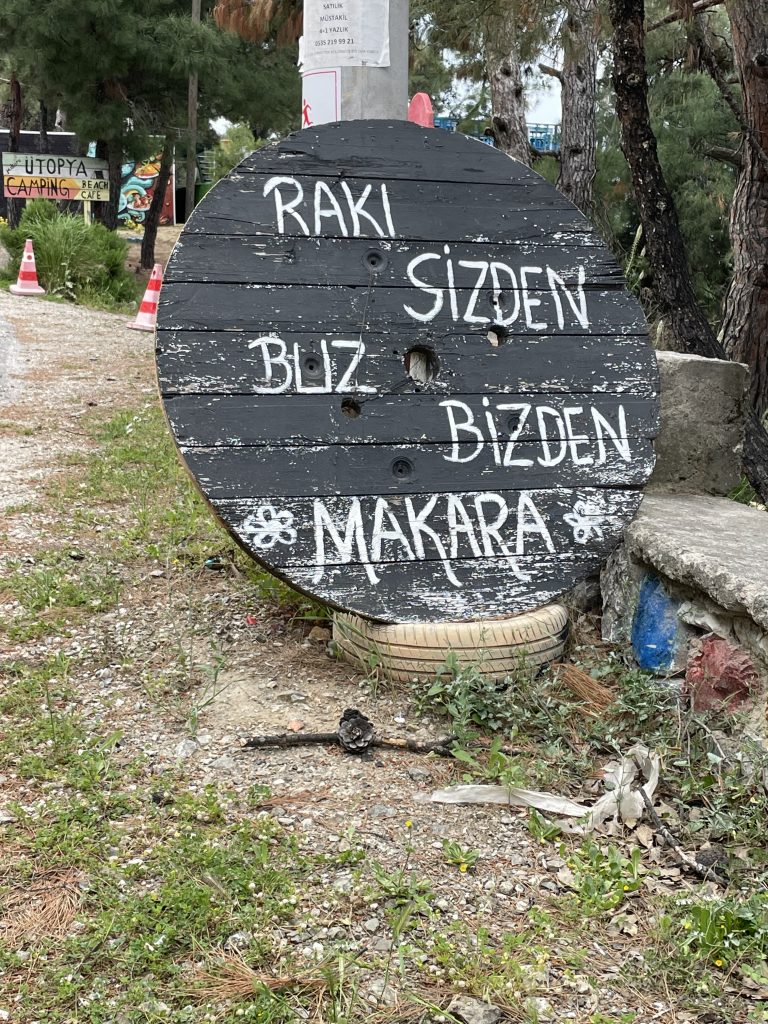
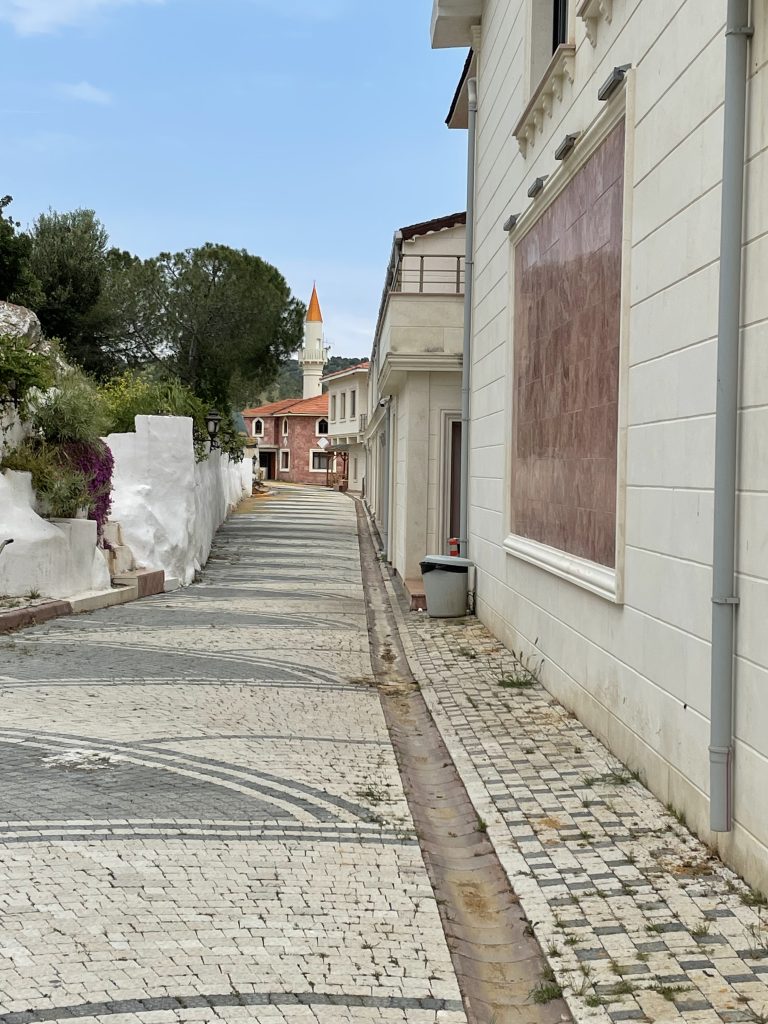
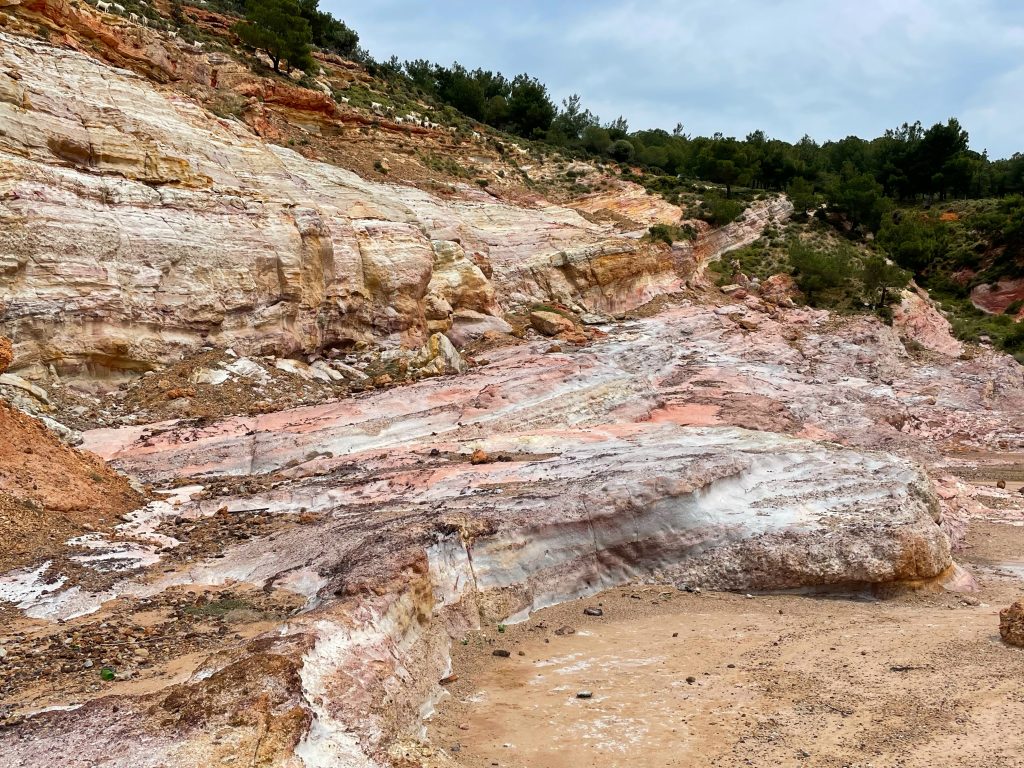
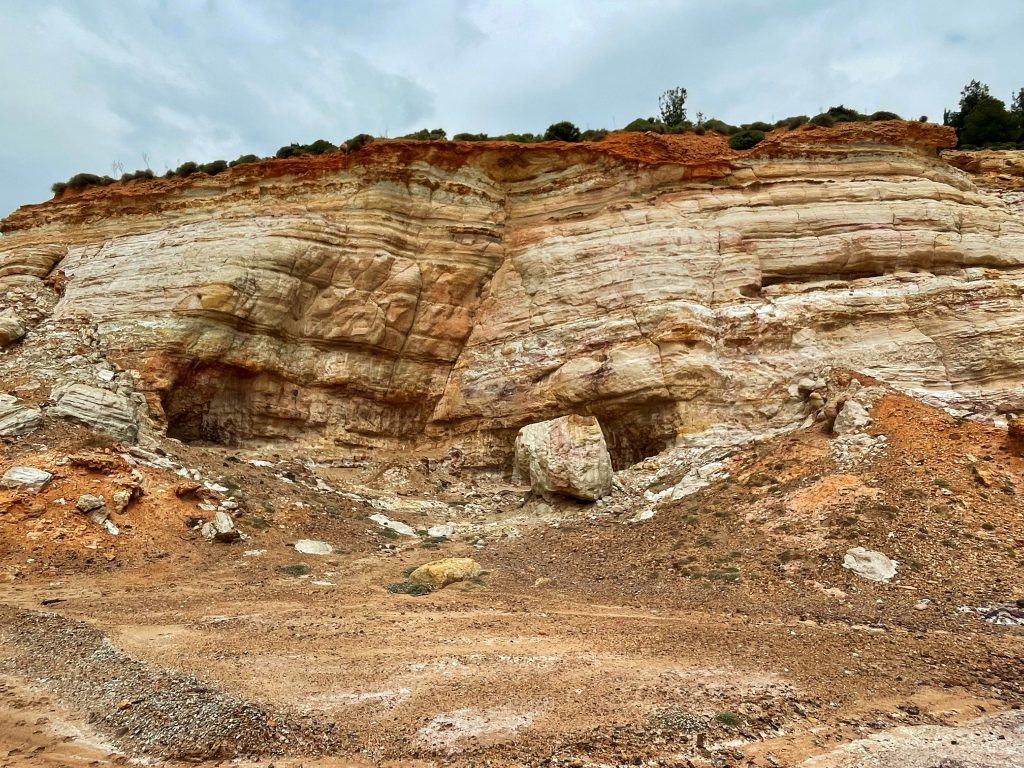
Alexandria Troas
There are not many countries where you can literally roll down an open road through anicent ruins. Turkey is certainly one of these and many would argue it has the best Greek and Roman ruins in the world.
Alexandria Troas, modern Dalyanköy in Turkey, was founded in 306 BC by Antigonus Monophthalmus, who forced the population of six villages, together with the island of Tenedos, to settle in a new city that had until then been called Sigia.
When the Romans, defeated the Seleucid king Antiochus III the Great in the Syrian War, Alexandria Troas was declared “free and autonomous”. After all, it was very close to Troy, the town that was believed to have been the mother-city of Rome. It became wealthier, as is indicated by the building of the temple of Apollo Smintheus. More favors were to come. Julius Caesar gave Alexandria the privileges of a colonia. Under Augustus, it kept the right to strike its own coins. The apostle Paul visited the town.
Apollon Smintheon
The ruins of a temple dedicated to Apollo, “Lord of Mice” Smintheus, are located in a quiet village of Gülpınar on Biga Peninsula. Why did one of the gods of the Greek pantheon earn the nickname associated with rodents?
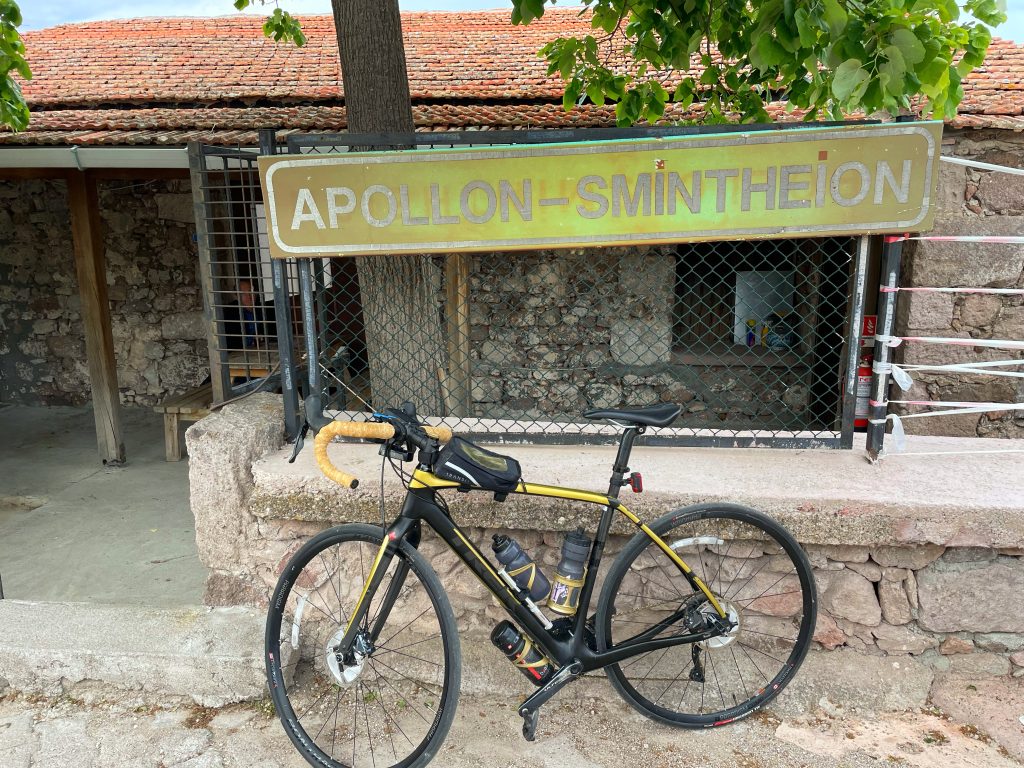
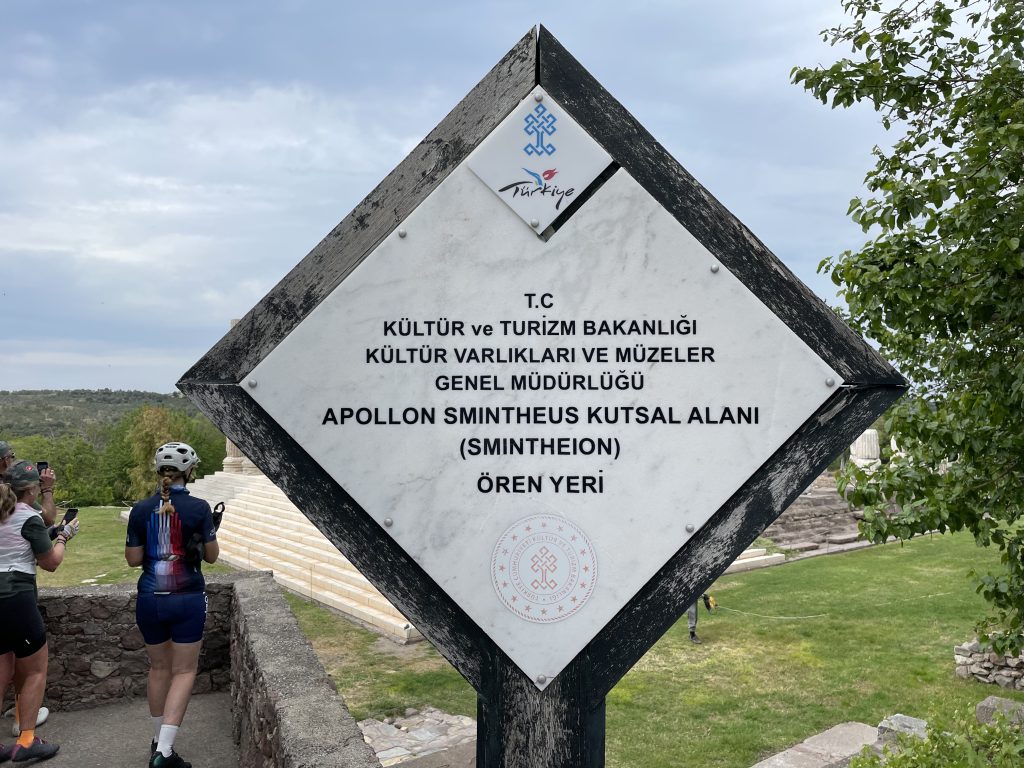
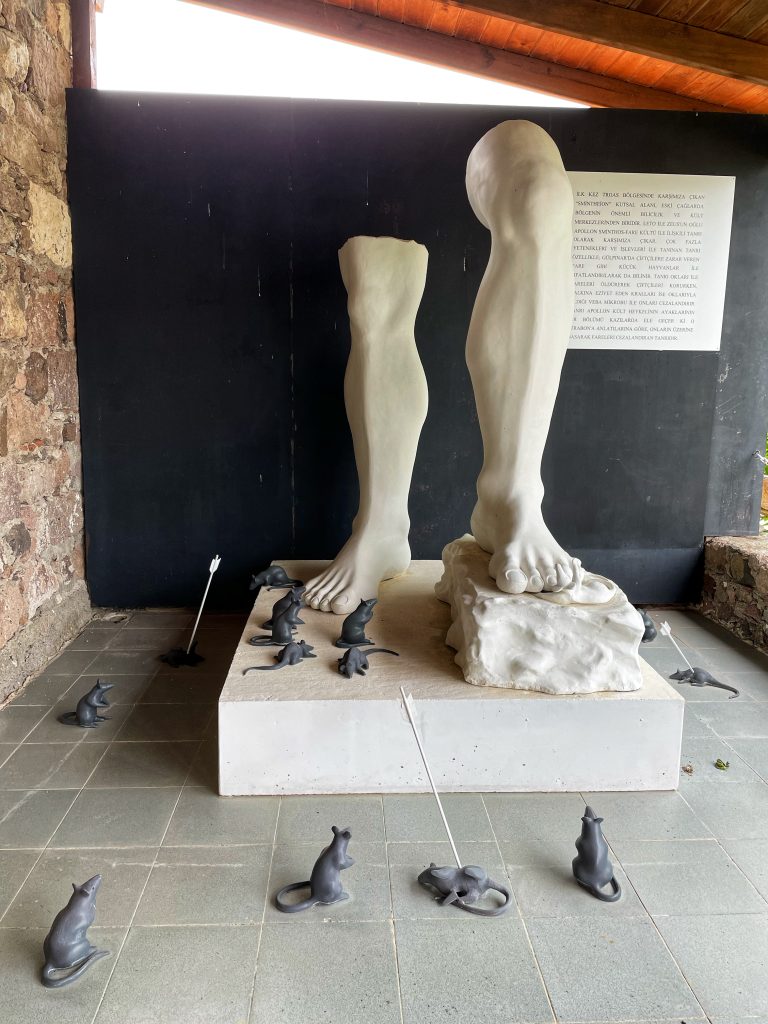
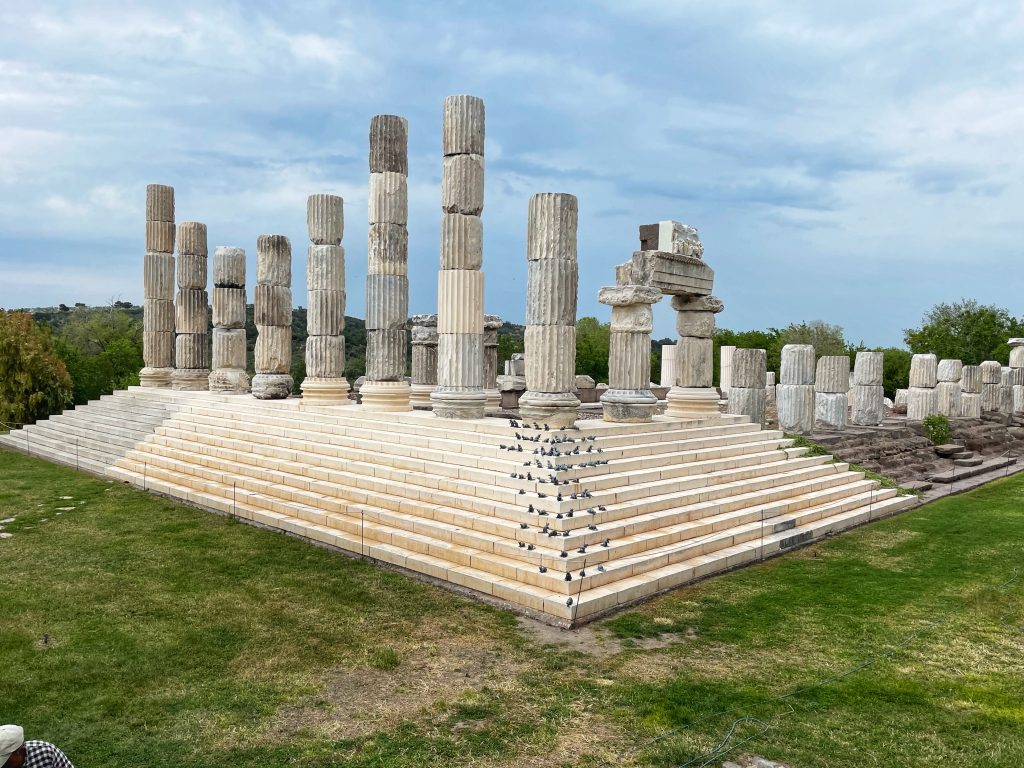
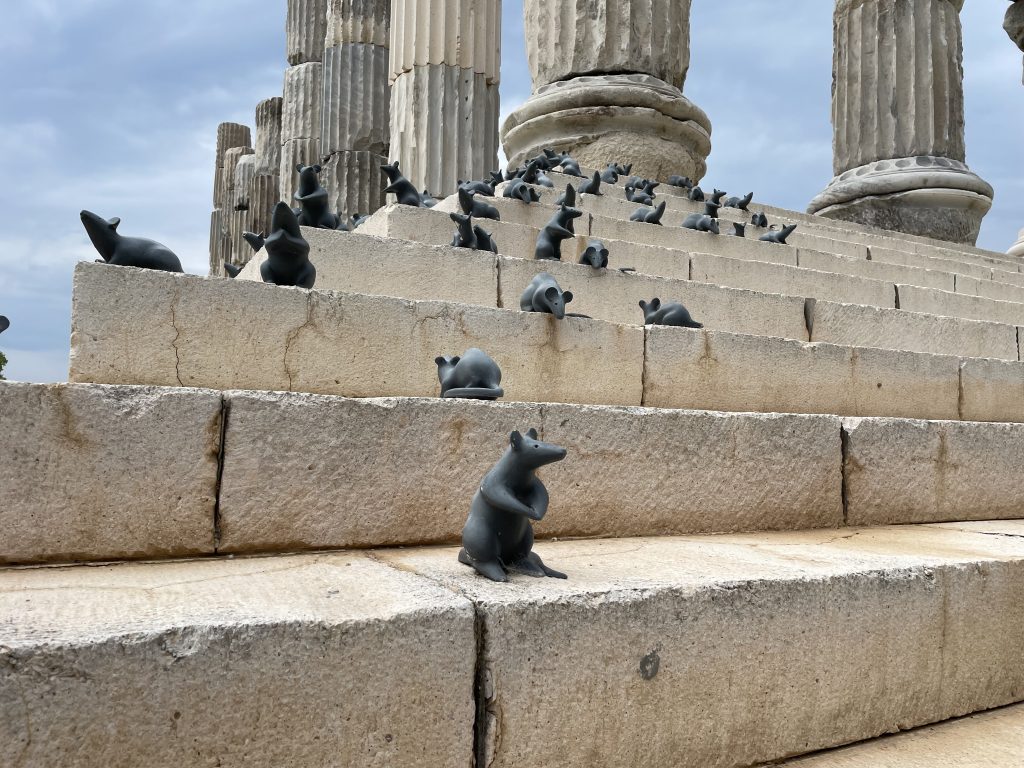
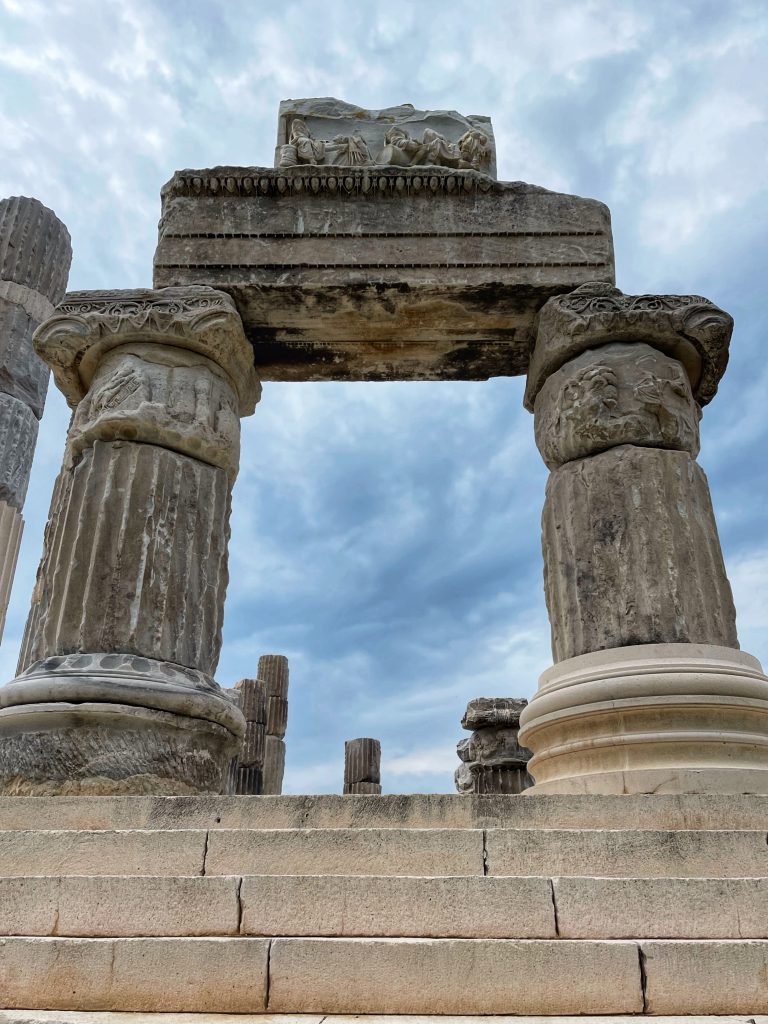
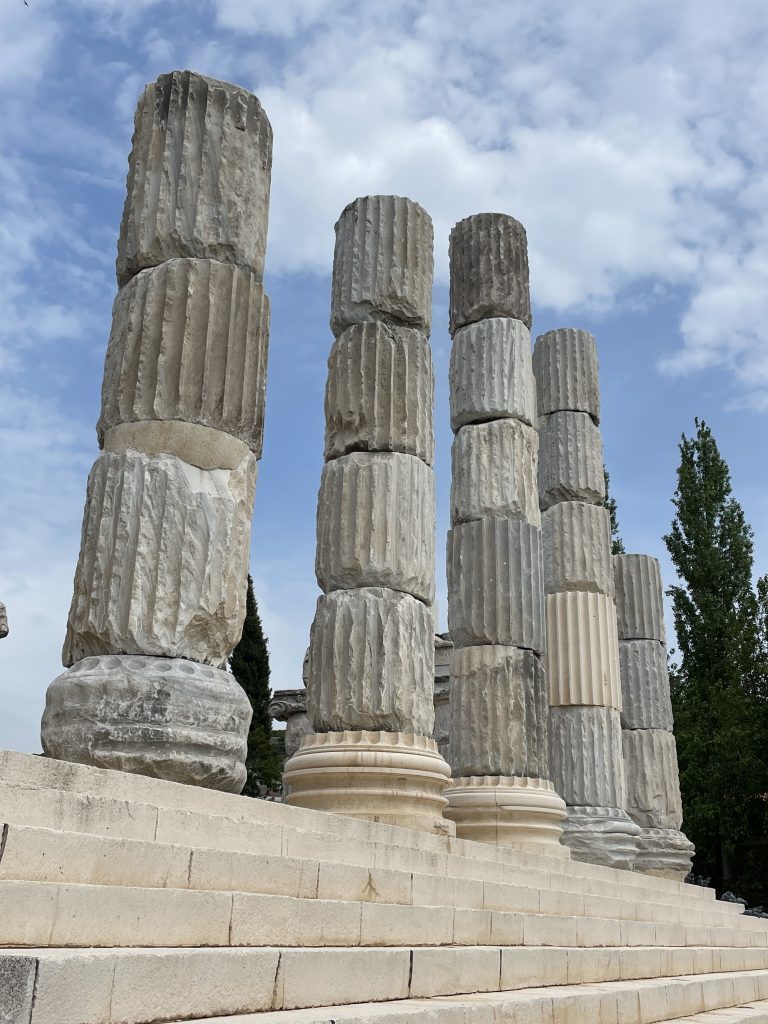
The history of Apollo as the Lord of Mice started with the following fragment of The Iliad:
Not a word he spoke, but went by the shore of the sounding sea
and prayed apart to King Apollo whom lovely Leto had borne.
“Hear me,” he cried, “O god of the silver bow,
that protectest Chryse and holy Cilla
and rulest Tenedos with thy might, hear me oh thou of Sminthe.
If I have ever decked your temple with garlands,
or burned your thigh-bones in fat of bulls or goats, grant my prayer,
and let your arrows avenge these my tears upon the Danaans.
With these words, the priest of Apollo, Chryses, begs the god to bring the revenge on the Greeks and Agamemnon who had abducted his daughter, Chryseis and refused to ranson her back. A plague was sent through the Greek armies by Apollo and the Achaean army was decimated.
Calchas (Agamemnon’s priest) would eventually advise Agamemnon of the only way in which the plague could be swept from the camp, was to return Chryseis to her father. A reluctant Agamemnon agreed, although he would take Briseis from Achilles as compensation, leading to Achilles refusing to fight any more for the willful king.
The most enigmatic word in the quoted passage is the nickname “Sminthe”, given by Chryses to Apollo. The ancient Greeks had already found this word incomprehensible and attributed its origins to one of the Anatolian languages. Modern linguists agree with this opinion and derive the word from the Luvian language. Unfortunately, the epic poem of Homer does not provide any hints at the meaning of this word. Therefore, subsequent myths of Apollo tried to explain this nickname on the basis of the context in which it had been used in The Iliad. Since Apollo sent the plague on the Greeks, he was associated with rodents as major disease carriers. Therefore, Apollo as the god that could send or finish an epidemic, became the “Lord of Mice”.
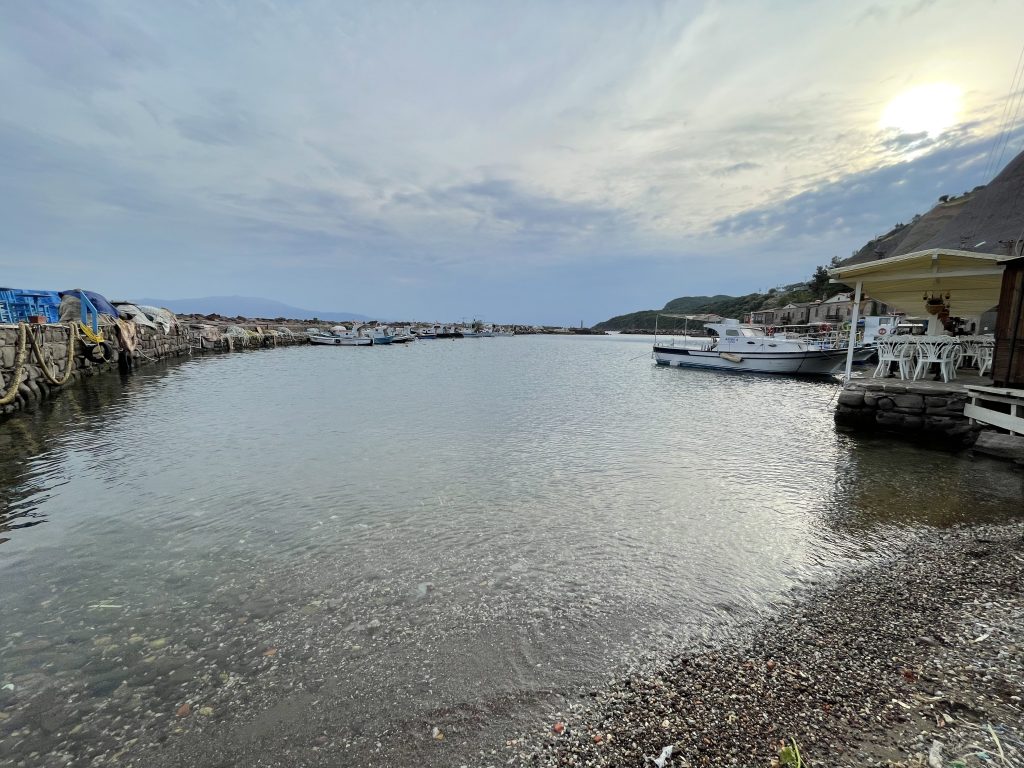
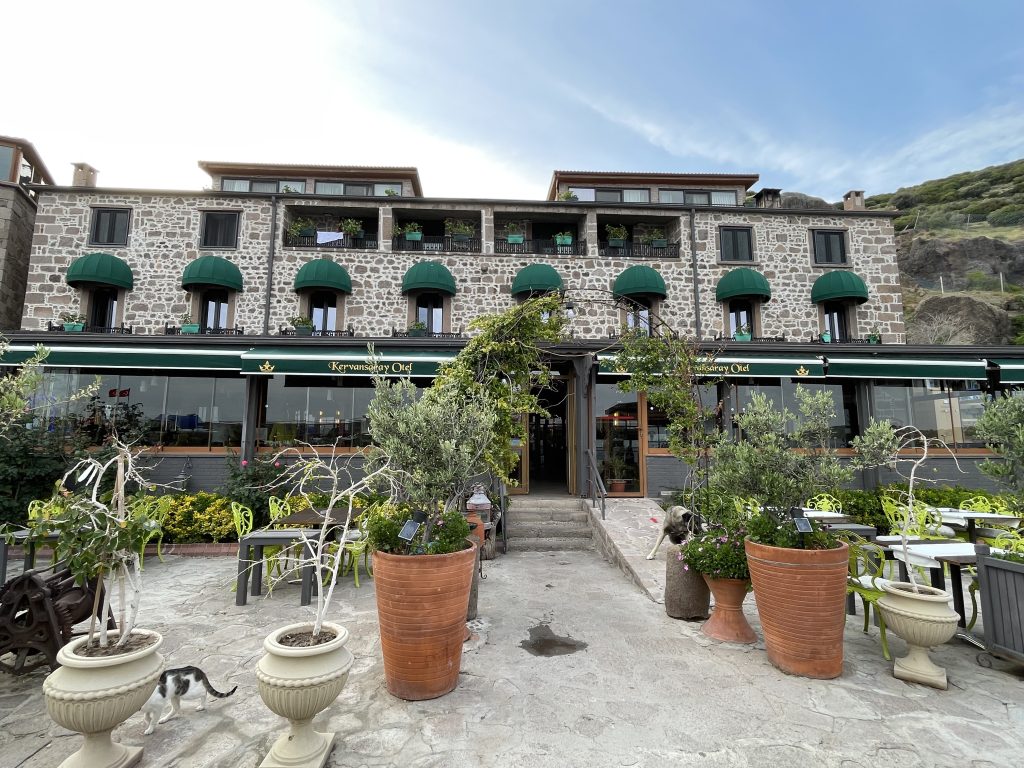
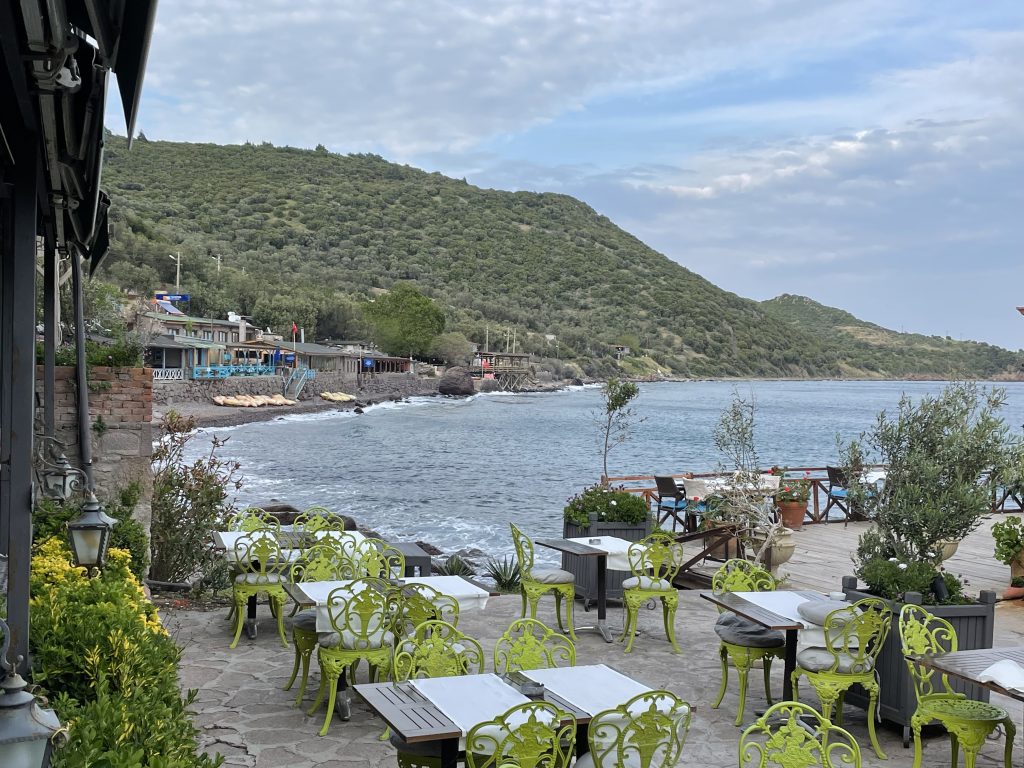
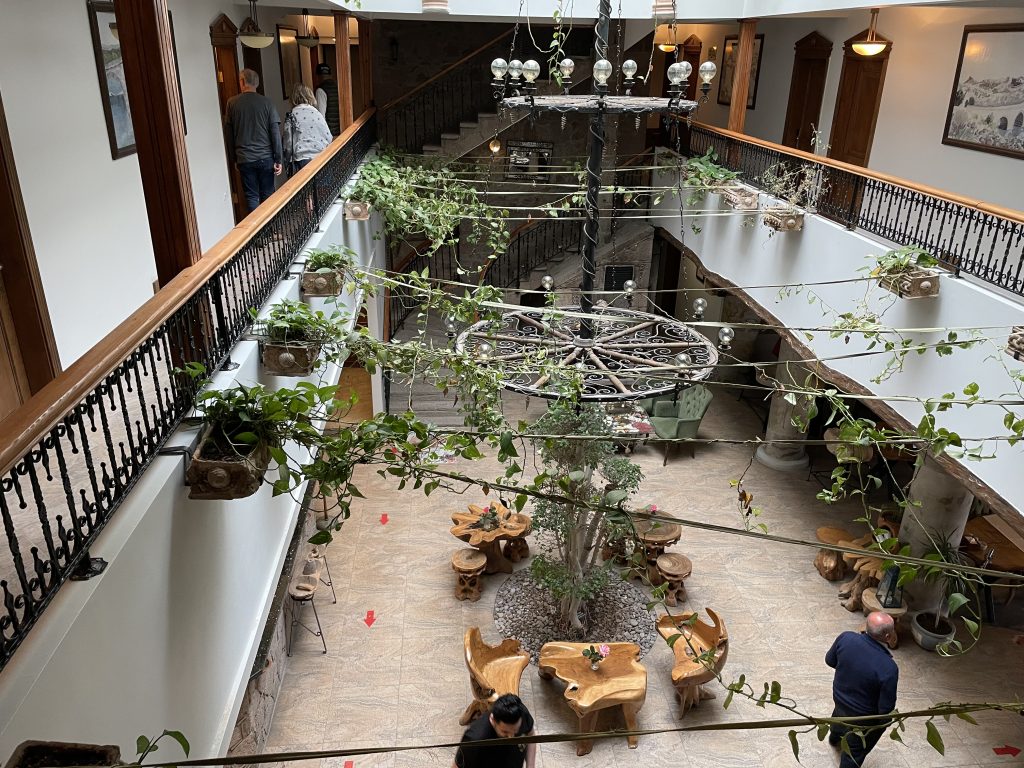
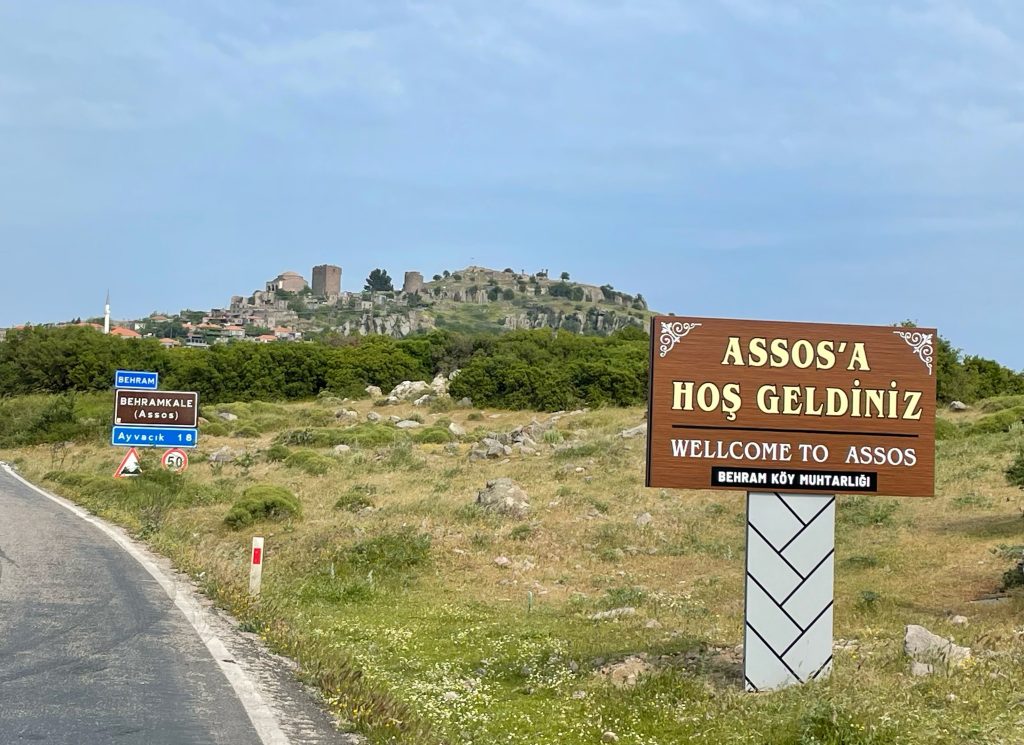
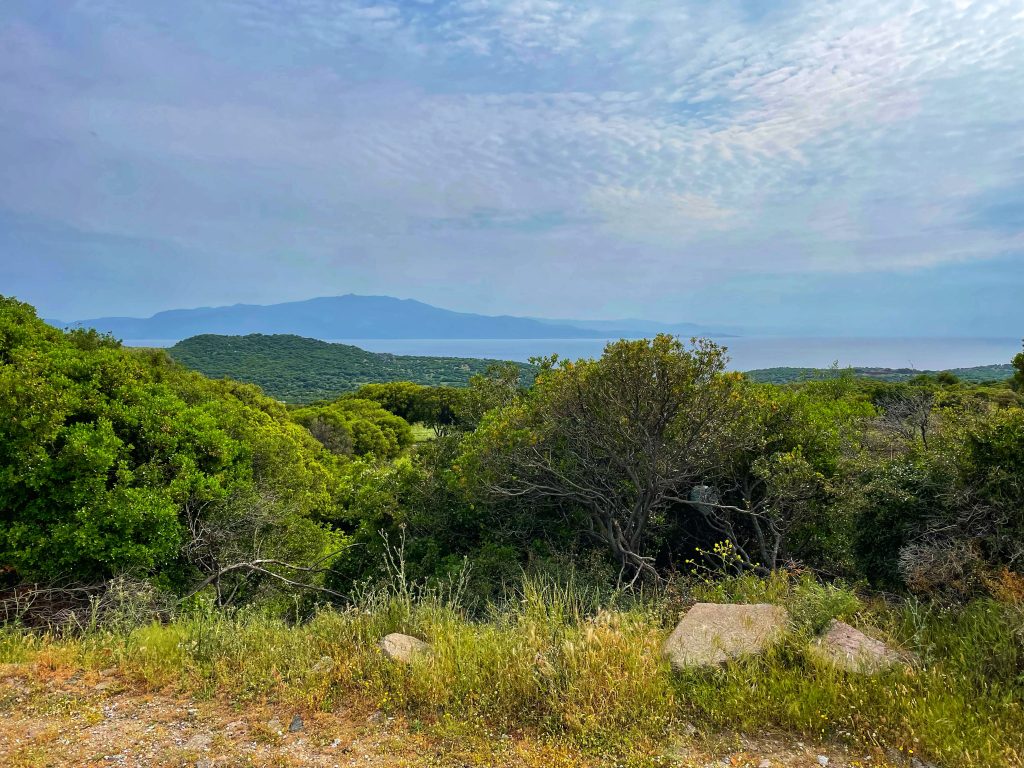
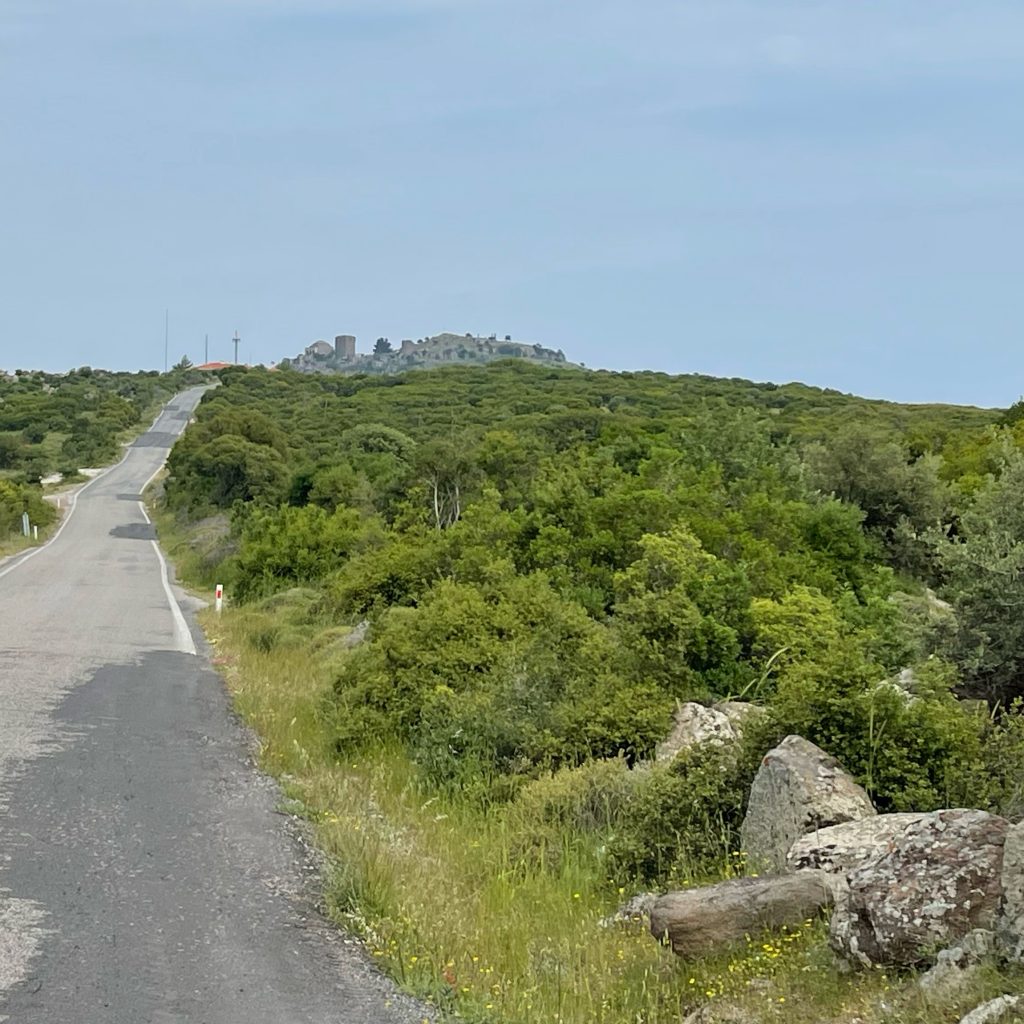
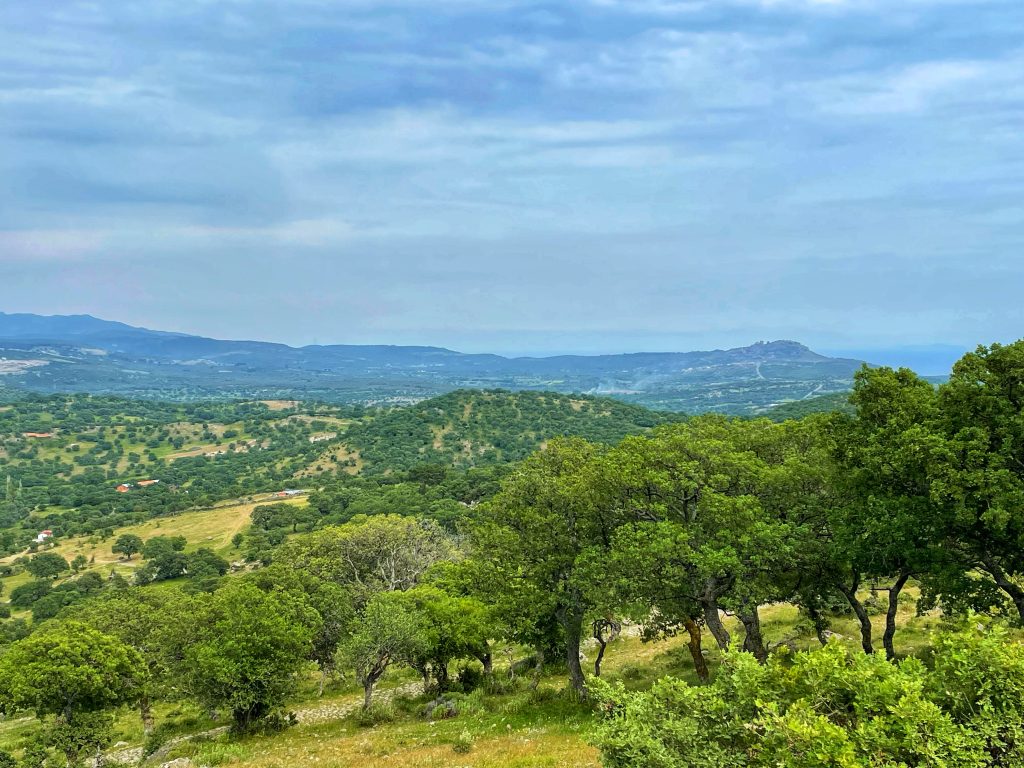
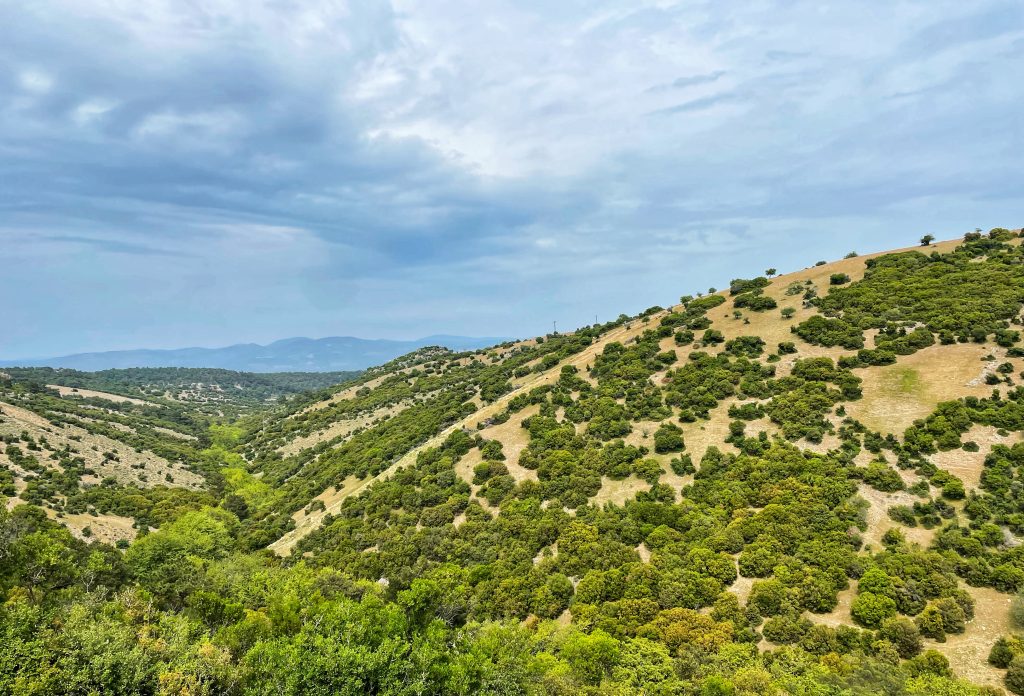
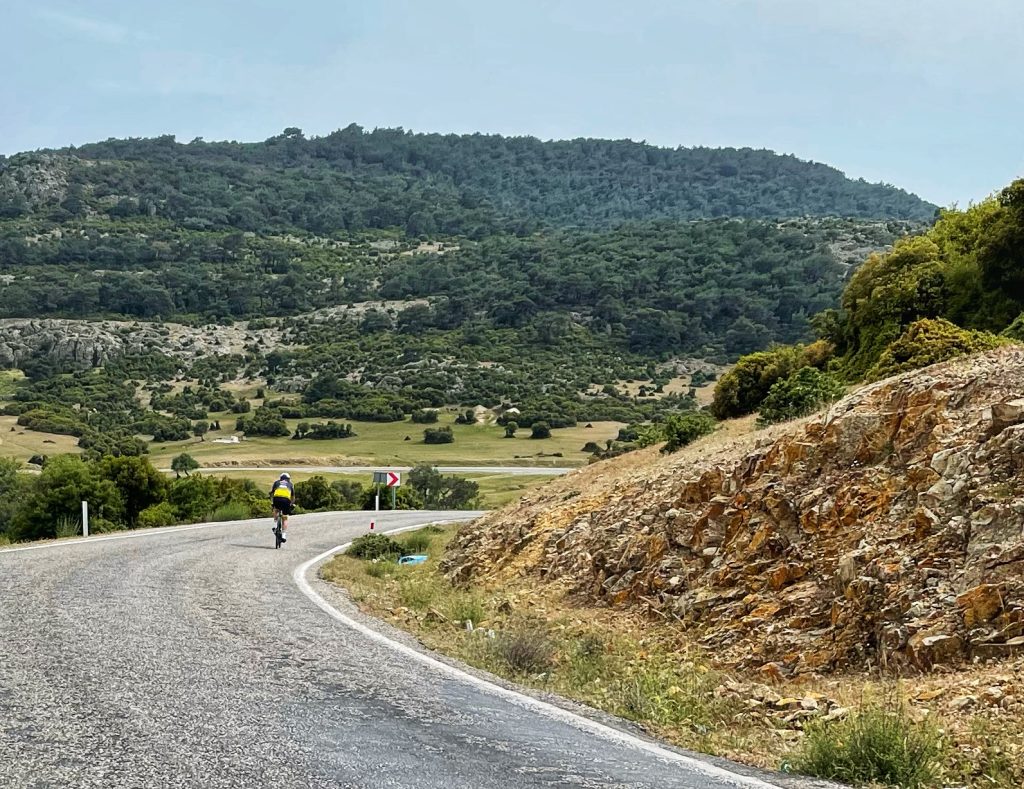
As I was riding in the Galipoli peninsula the last few days, I was thinking of our upcoming leg of the bike tour, and came up with a short verse. It follows along to the tune of the old TV show The Beverley Hillbillies…
Come listen to a story about a man named O
Wealthy island king, getting home very slow
And when he sailed he came up against all odds
And then he was saved by the will of the gods
Athena that is, Zeus’s kid, Poseidon’s plight
First thing you know, old O’s life is spared
Athena and friends said, “O, sail away from there”
Said “escape from Calypso and Circee
So he loaded up his boat and sailed to Ithakee
Ithaca that is, Telemachus, Penelope!
